What Is Marble Origin? Complete Guide Explained

Over 50 percent of the world’s marble comes from just four countries, yet american designers continue to set trends by choosing unique varieties for stunning homes and public spaces. Marble’s journey from deep within the earth to polished surfaces spans millions of years, making it much more than simply a decorative material. Understanding what defines marble, where it comes from, and how it forms can transform the way you see this remarkable stone in everyday american life.
Table of Contents
- Defining Marble And Its Geological Formation
- Major Global Sources Of Marble
- How Marble Is Extracted And Produced
- Types Of Marble And Unique Characteristics
- Selecting Quality Marble For Design Projects
Key Takeaways
| Point | Details |
|---|---|
| Marble Formation | Marble forms through the metamorphism of limestone or dolomite under heat and pressure, resulting in unique structural and aesthetic qualities. |
| Global Production | Italy, China, India, and Spain dominate global marble production, accounting for over half of the market share in this industry. |
| Extraction Techniques | Modern extraction methods utilize advanced technologies to enhance efficiency while minimizing ecological disruption during marble quarrying. |
| Selection Criteria | Key factors for selecting quality marble include color consistency, durability, and the assessment of physical properties like hardness and porosity. |
Defining Marble and Its Geological Formation
Marble represents one of nature’s most extraordinary geological transformations, emerging through a complex metamorphic process that converts ordinary limestone into an extraordinary natural stone. According to zmescience, marble forms through metamorphism, where limestone or dolomite undergoes recrystallization under intense heat and pressure, resulting in a dramatically altered rock composition.
Geologists define marble as a metamorphic rock with a fascinating origin story. ebsco explains that marble is primarily composed of calcite and produced through the recrystallization of limestone or dolomite. This transformation occurs deep within the Earth’s crust, where immense geological forces reshape existing rock structures, creating a material prized for its aesthetic appeal and remarkable durability.
The metamorphic journey of marble involves several critical stages. When limestone is subjected to temperatures ranging between 300 and 900 degrees Celsius and extreme pressure, its mineral structure begins to change. Calcite crystals start to interlock and recrystallize, creating the distinctive veined and swirling patterns that make each marble slab unique. This process not only changes the rock’s physical appearance but also enhances its structural integrity, making marble an incredibly resilient natural stone.
While marble’s geological formation might seem like a distant, abstract concept, understanding its origins helps appreciate the material’s inherent beauty. Each marble tile from Mastering Marble: The Ultimate Guide to Selection, Design &… tells a story of immense geological transformation, representing millions of years of natural artistry compressed into a single, stunning surface. Whether used in luxurious kitchen countertops or elegant bathroom floors, marble continues to captivate with its timeless elegance and remarkable geological heritage.
Major Global Sources of Marble
Global marble production is a complex and geographically diverse industry, with several key regions dominating the worldwide market. According to juglana, the landscape of marble production is led by Italy, which commands an impressive 20% of global output, followed by China at 16%, India at 10%, and Spain at 6%. These four countries collectively account for over half of the world’s marble production, showcasing the concentrated nature of this specialized mineral resource.
In the United States, marble production centers around specific regional deposits with notable geological significance. ebsco highlights significant marble-producing areas including Vermont, Georgia, and Alabama, which contribute substantial volumes to the domestic stone market. Each of these regions offers unique marble varieties characterized by distinct coloration, veining patterns, and mineral compositions that make them sought after by designers and architects worldwide.
The The Italian Marble Used by Michelangelo represents a particularly fascinating subset of global marble production. Italy’s Carrara region stands out as an iconic marble source, historically providing stone for legendary sculptures and architectural masterpieces. The white and blue-gray marble from this region has been prized by artists and builders for centuries, symbolizing the intersection of geological wonder and human creativity.
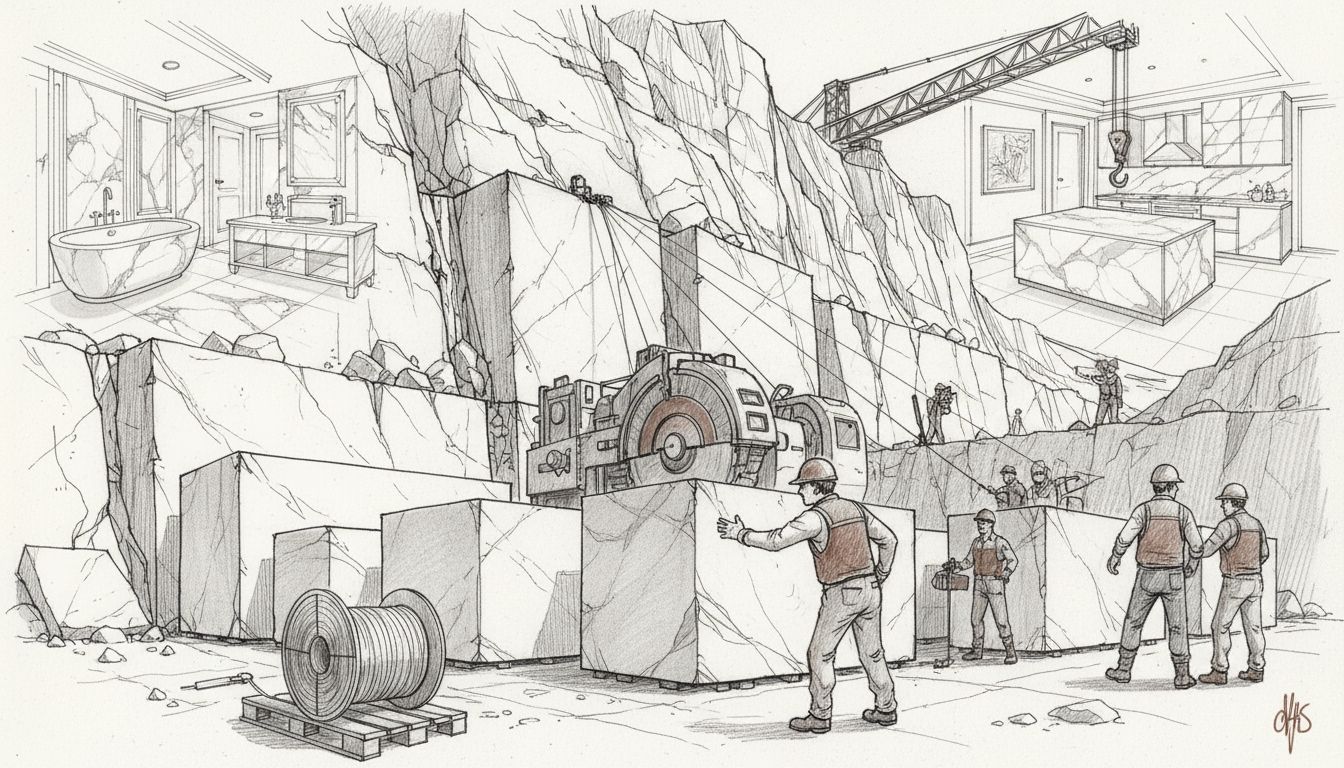
Beyond these primary producers, countries like Turkey, Greece, and Iran are emerging as significant players in the global marble market. The geological diversity of these regions ensures a wide range of marble types, from pure white to richly veined varieties with complex color patterns. For professionals in design and construction, understanding these global sources becomes crucial in selecting the perfect marble for specific architectural and aesthetic requirements.
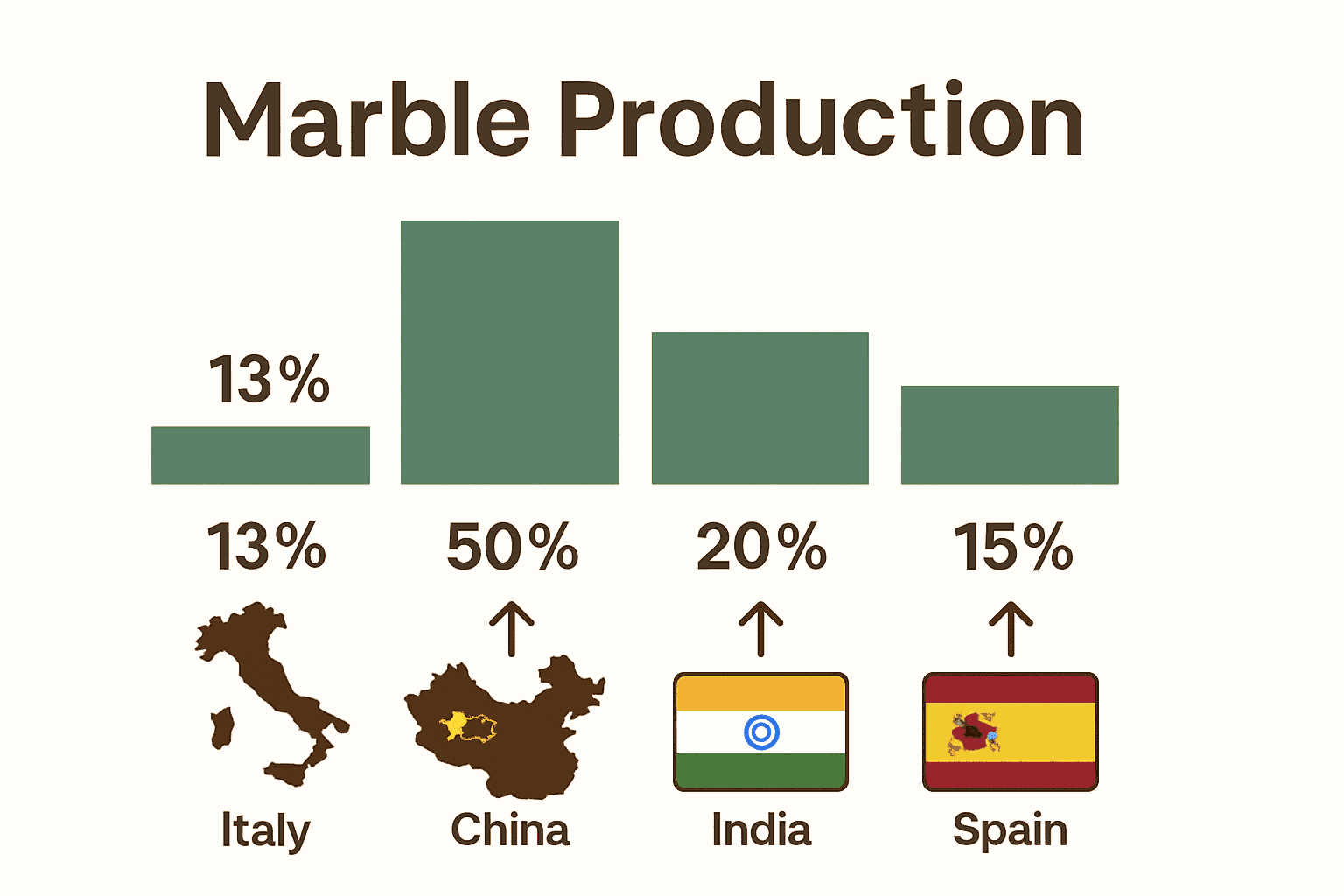
How Marble Is Extracted and Produced
Marble extraction is a sophisticated industrial process that transforms raw geological formations into exquisite architectural materials. According to ebsco, marble quarrying has evolved dramatically, transitioning from traditional methods to modern techniques that significantly improve extraction efficiency while carefully preserving the material’s natural integrity.
The extraction process typically begins with extensive geological surveying to identify high-quality marble deposits. Large-scale quarrying operations employ advanced technologies like diamond wire saws, hydraulic splitters, and precision cutting machinery to carefully remove massive marble blocks from mountainsides. These blocks are then cut into more manageable slabs using specialized equipment that minimizes waste and maximizes the usable surface area of each extracted stone.
The Mining and Manufacturing Process of Luxury Marble reveals the intricate steps involved in transforming raw marble blocks into refined architectural elements. After initial extraction, the marble undergoes multiple processing stages including cutting, polishing, and treatment to enhance its natural beauty and durability. Skilled artisans and advanced machinery work in tandem to reveal the stone’s unique patterns, veining, and color variations.
zmescience highlights an important aspect of marble extraction: its minimal environmental impact. Thanks to marble’s chemical stability and versatility, the extraction process can be conducted with relatively low ecological disruption.
The resulting material finds applications far beyond architectural design, extending to specialized uses including electrical insulators, decorative elements, and high-end surface treatments across multiple industries.
Types of Marble and Unique Characteristics
Marble presents an extraordinary palette of colors and textures, each variety telling a unique geological story. According to ebsco, the color and texture of marble are profoundly influenced by mineral impurities. Pure calcite marble appears pristine white, while the introduction of iron oxides can transform the stone into stunning red or yellow hues, creating a natural canvas of remarkable diversity.
zmescience highlights the distinctive crystalline structure that sets marble apart from other stones. The interlocking mosaic of carbonate crystals creates a unique visual and tactile experience, generating patterns and veining that make each marble slab an individual masterpiece. This remarkable characteristic ensures that no two marble surfaces are exactly alike, offering designers and architects an opportunity to work with truly one-of-a-kind natural materials.
Some of the most renowned marble types include Discover Timeless Elegance of Carrara Marble, known for its classic white background with subtle gray veining. Other notable varieties include Calacatta, characterized by dramatic, thick veins; Statuario, with its pure white base and bold gray markings; and Nero Marquina, a dramatic black marble with white veining that creates striking visual contrast.
Marble’s unique characteristics extend beyond visual appeal. The stone’s natural composition provides exceptional durability, thermal stability, and aesthetic versatility. Architects and designers prize marble for its ability to reflect light, create depth, and transform spaces with its inherent elegance. From sleek modern kitchens to classical architectural monuments, marble continues to be a material that bridges geological wonder with human artistic expression.
Selecting Quality Marble for Design Projects
Marble selection requires a nuanced approach that goes beyond visual aesthetics. According to ebsco, designers must carefully evaluate multiple critical factors including color consistency, unique veining patterns, and the potential presence of structural flaws or fissures that could compromise the stone’s long-term durability and performance.
zmescience emphasizes the importance of assessing marble’s fundamental physical properties. Hardness and porosity are crucial technical characteristics that directly influence a marble’s suitability for specific applications. These properties determine the stone’s resistance to staining, wear, and environmental stress, making them essential considerations for architects and interior designers planning high-traffic or moisture-exposed installations.
Professionals seeking precision in their design projects can benefit from Custom Size Marble Tile Sheets for Unique Projects to achieve seamless, tailored results. The selection process involves examining several key attributes: surface finish (polished, honed, or textured), color uniformity, crystal density, and potential natural variations that might impact the overall design aesthetic.
Practical selection strategies include requesting multiple sample slabs to compare variations, conducting thorough visual and tactile inspections, and understanding each marble type’s inherent characteristics. Experts recommend evaluating marble in the specific lighting conditions of the intended space, as natural and artificial light can dramatically alter the stone’s appearance. By combining technical assessment with artistic vision, designers can transform marble from a raw material into a sophisticated design element that elevates architectural and interior spaces.
Discover the True Origin of Marble With Confidence
Understanding marble’s geological journey from limestone to a beautiful, durable surface can be overwhelming. Many face challenges when selecting the right marble that combines aesthetic appeal with lasting strength. This article sheds light on key concepts like metamorphism, mineral composition, and color variations, helping you appreciate why marble is so unique and valuable.

Now that you know the story behind each slab, elevate your projects with authentic, premium natural stone from Surfaces Galore. As a trusted direct importer specializing in marble tiles and mosaics, we provide unmatched quality shipped nationwide from Anaheim, California. Explore our collection today to find the perfect marble that matches your vision and enjoy expert guidance throughout your selection process. Start your journey to timeless beauty now at Surfaces Galore.
Frequently Asked Questions
What is marble and how is it formed?
Marble is a metamorphic rock formed through the recrystallization of limestone or dolomite under intense heat and pressure, resulting in a unique mineral composition and distinctive appearance.
What are the main types of marble and their characteristics?
Some well-known types of marble include Carrara, Calacatta, Statuario, and Nero Marquina. Each type varies in color, veining patterns, and overall aesthetic, contributing to their unique appeal in design.
How is marble extracted and processed for use in construction?
Marble extraction involves geological surveying, quarrying with advanced technology, and cutting into slabs. The processing stage includes polishing and treatment to enhance the stone’s natural beauty and durability.
What factors should be considered when selecting quality marble?
When selecting marble, consider color consistency, veining patterns, hardness, porosity, and potential structural flaws. Assessing these characteristics helps ensure the stone’s suitability for specific applications.

 Best Selling Marble Collections
Best Selling Marble Collections
 Arabescato Corchia
Arabescato Corchia Bardiglio
Bardiglio Bianco Dolomite
Bianco Dolomite 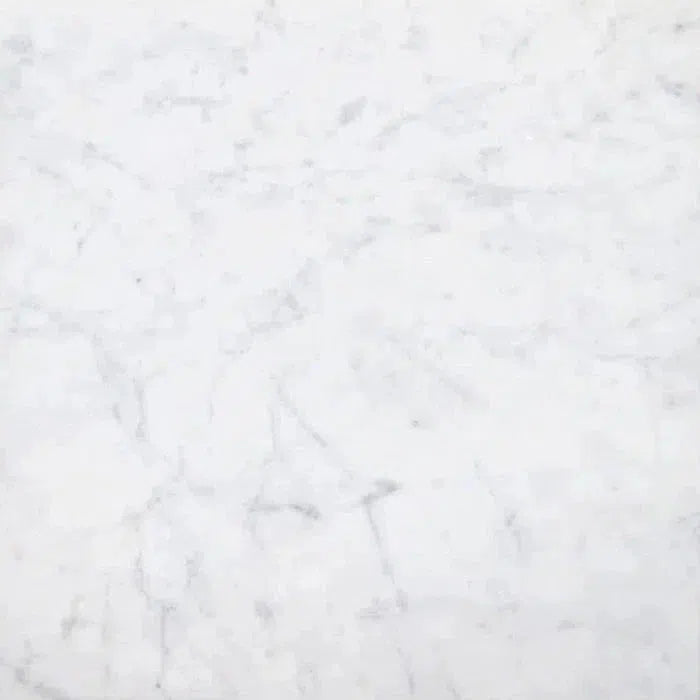 Carrara White
Carrara White 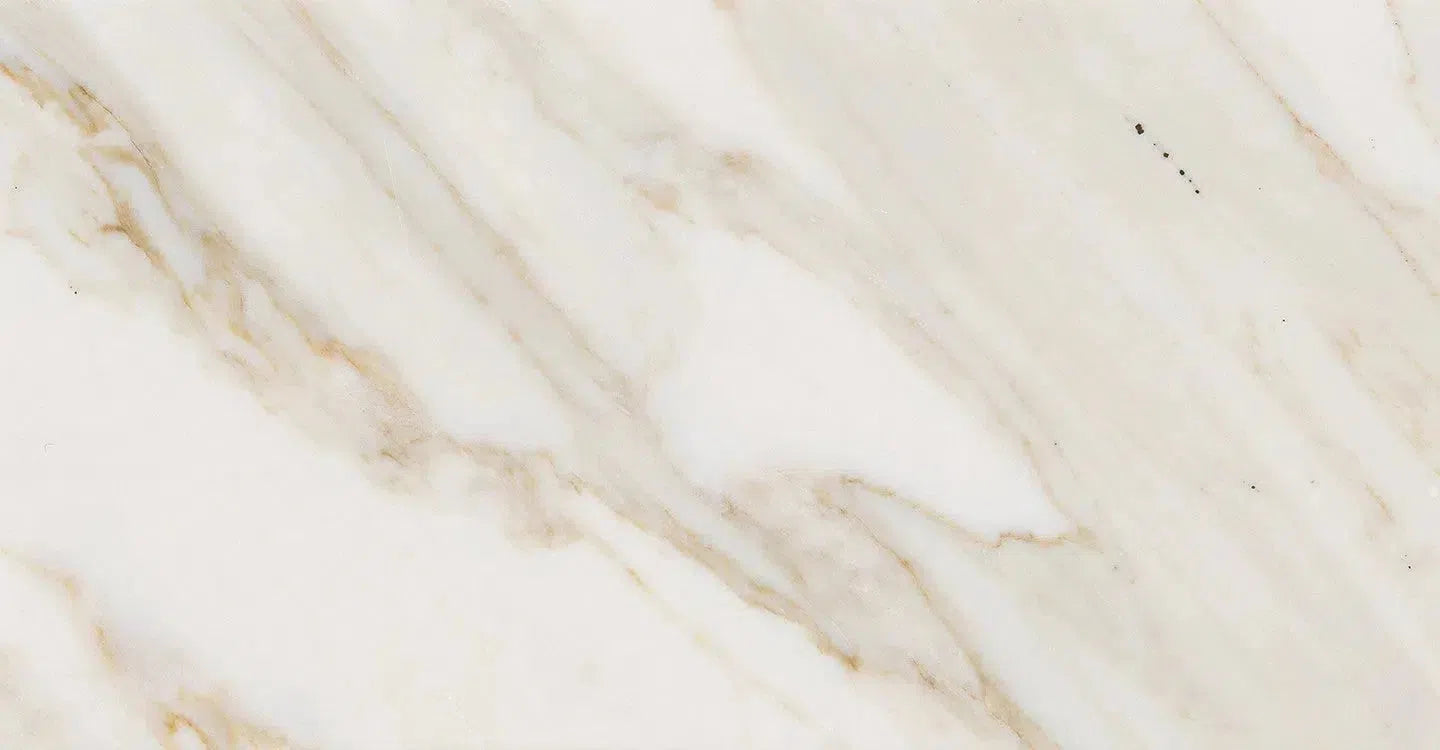 Calacatta Gold
Calacatta Gold Crema Marfil
Crema Marfil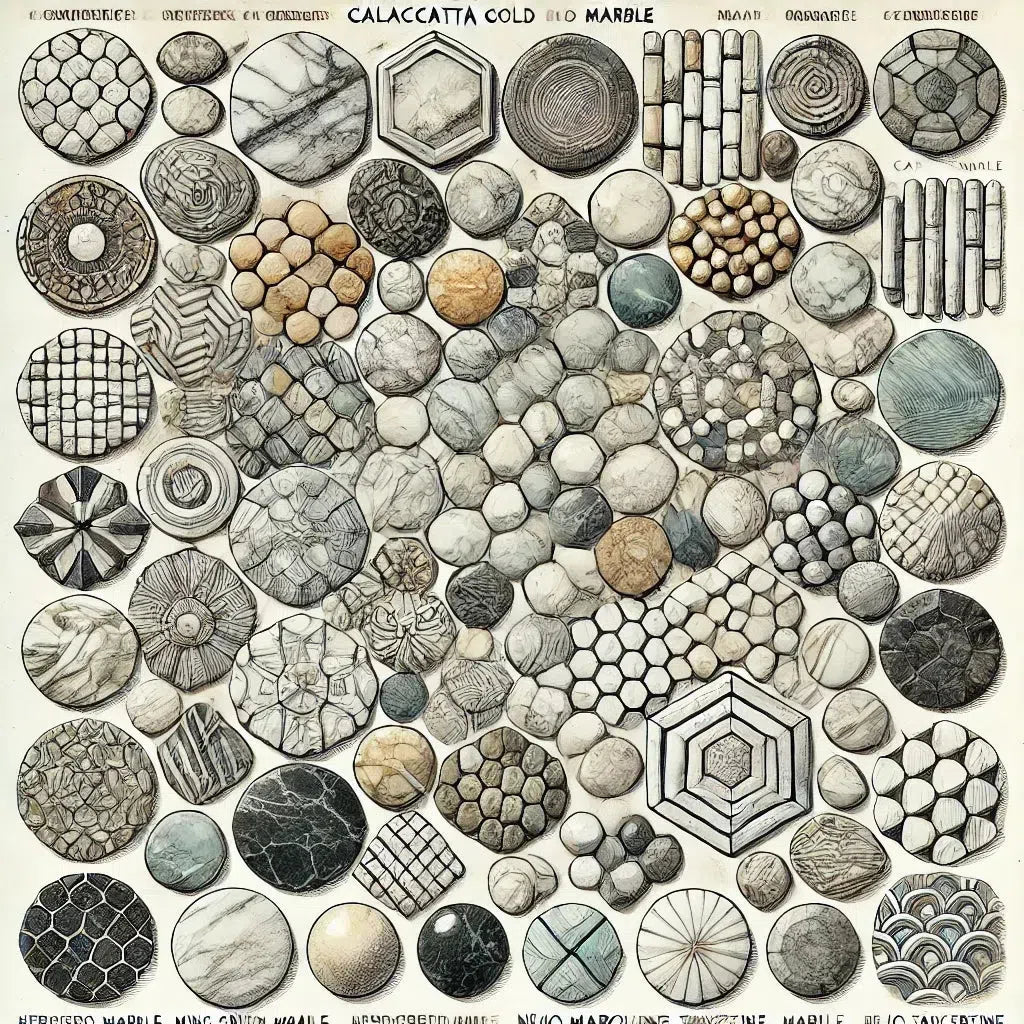 Custom Made Mosaic
Custom Made Mosaic Emperador Dark
Emperador Dark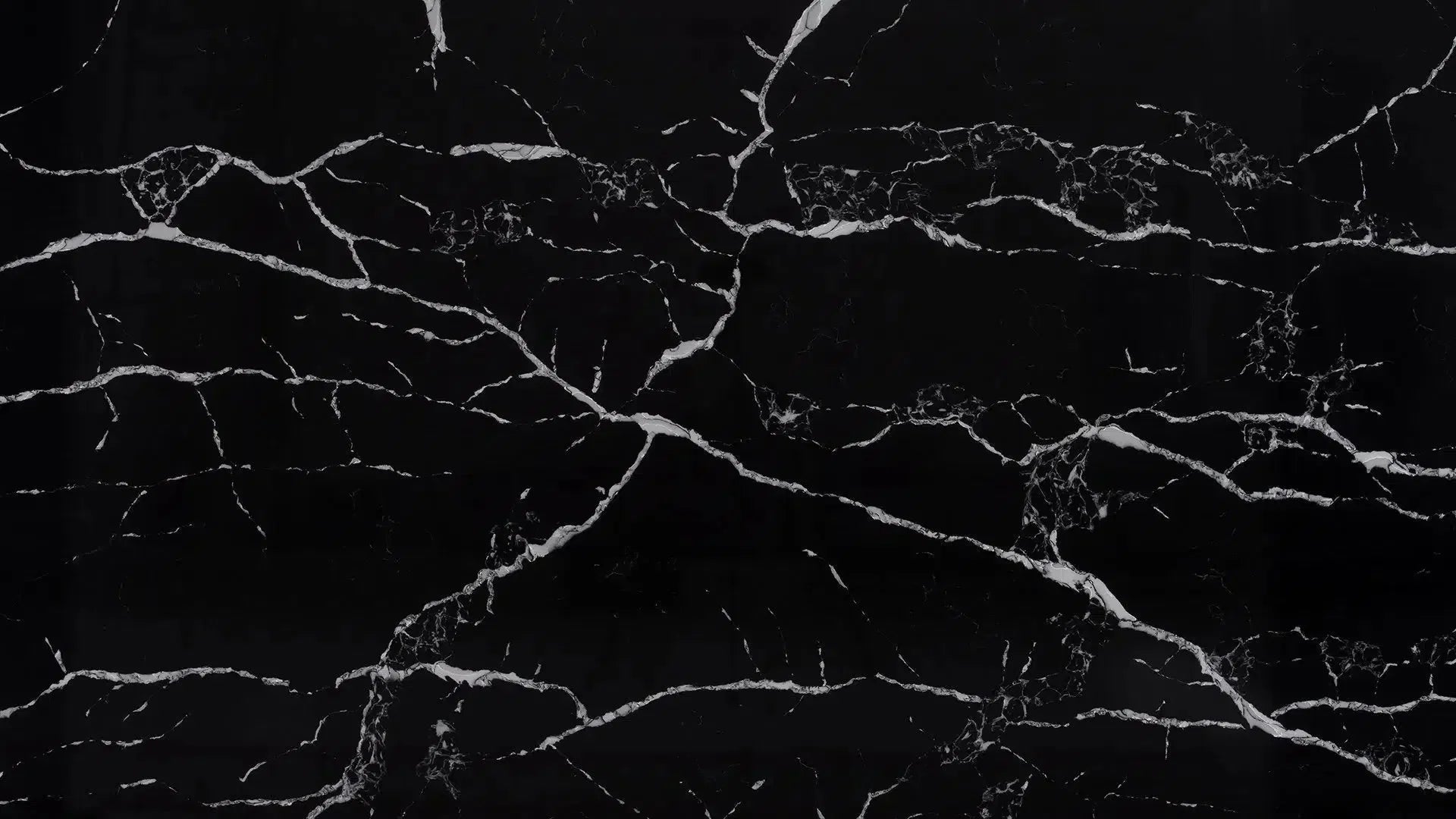 Nero Marquina
Nero Marquina Ming Green Marble
Ming Green Marble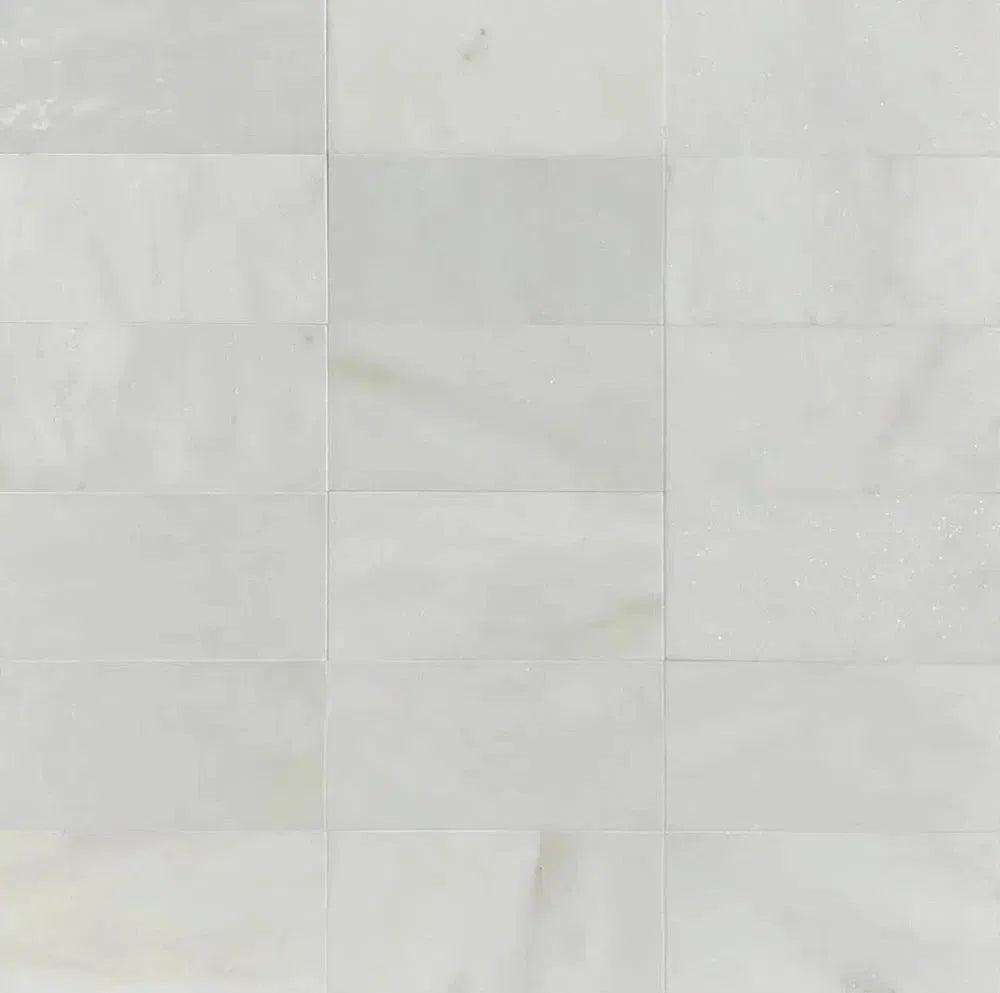 Oriental White Marble (Asian Statuary Marble)
Oriental White Marble (Asian Statuary Marble)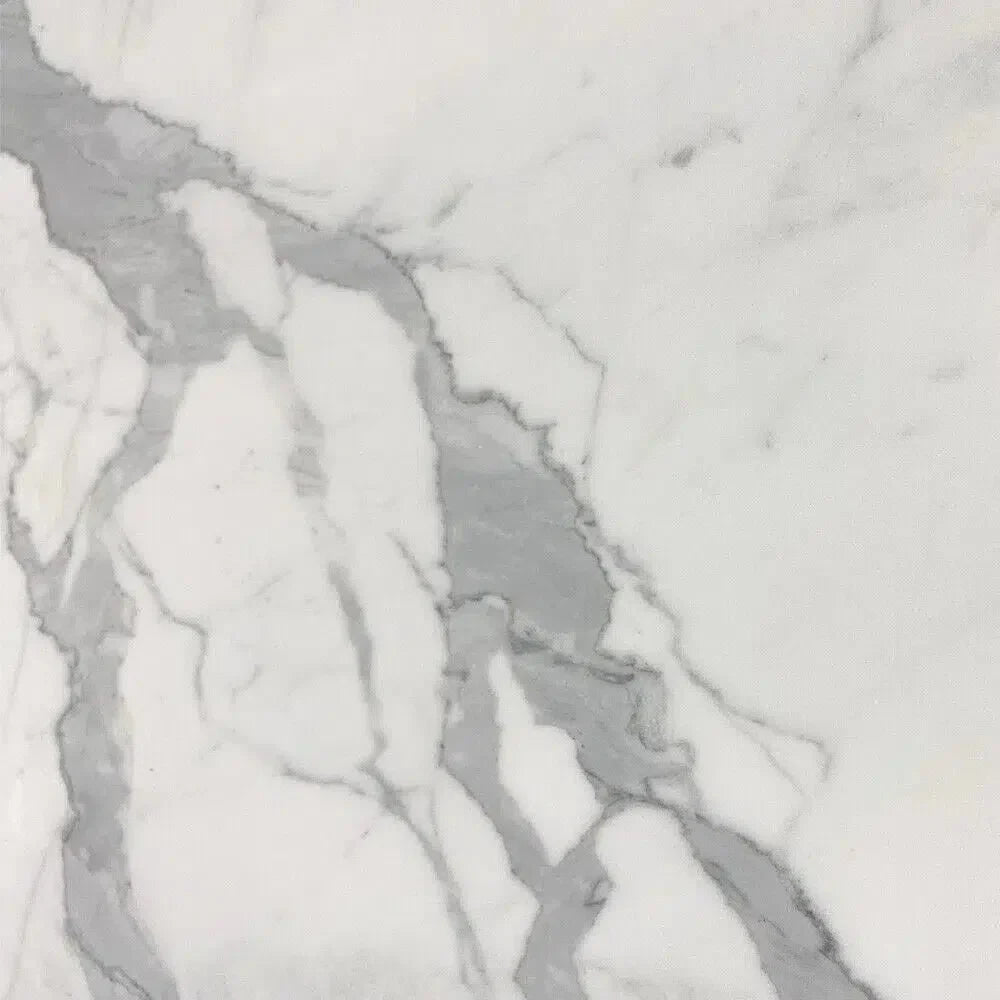 Statuary - Statuario White (Italian) Marble
Statuary - Statuario White (Italian) Marble Thassos White
Thassos White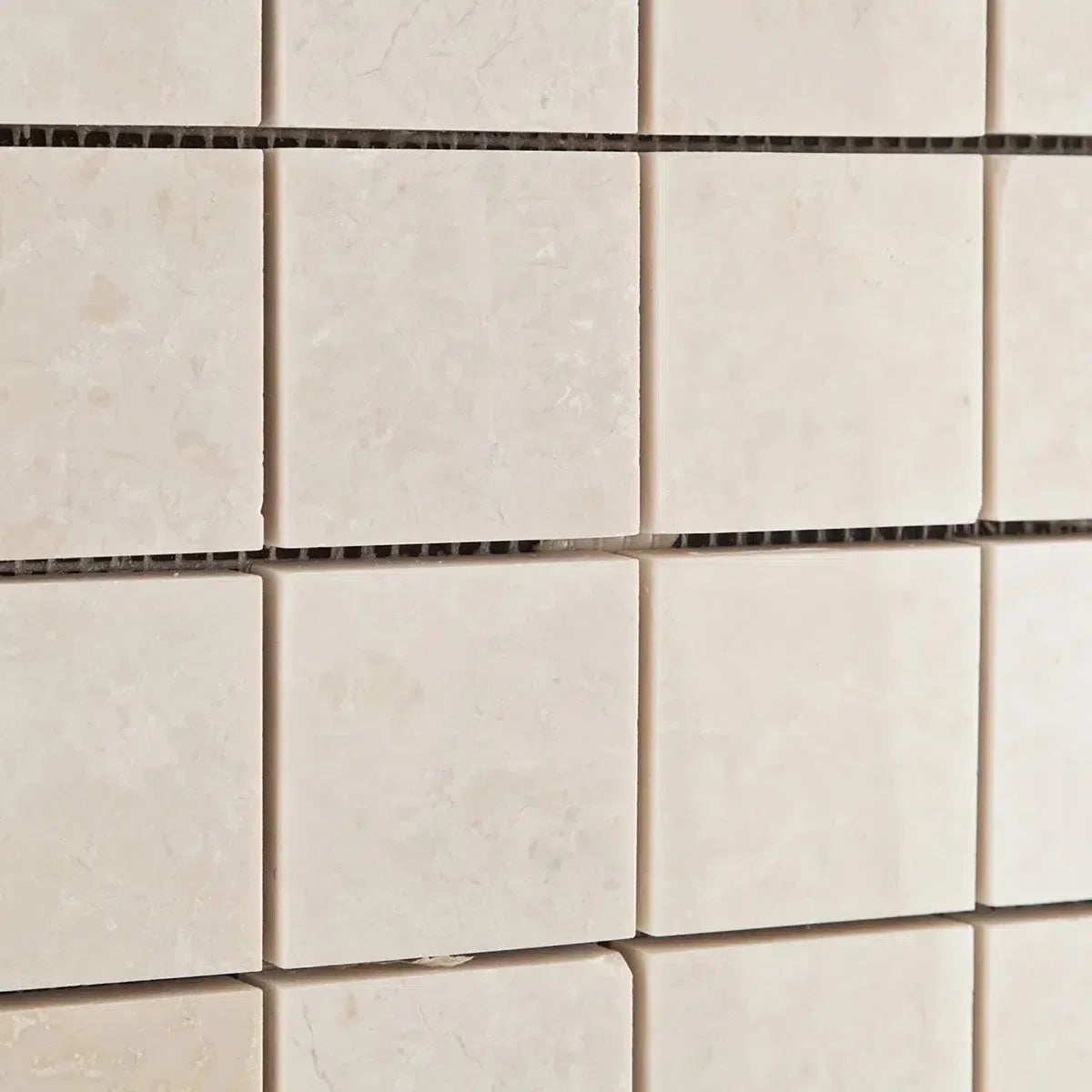 White Pearl/Botticino Beige Marble
White Pearl/Botticino Beige Marble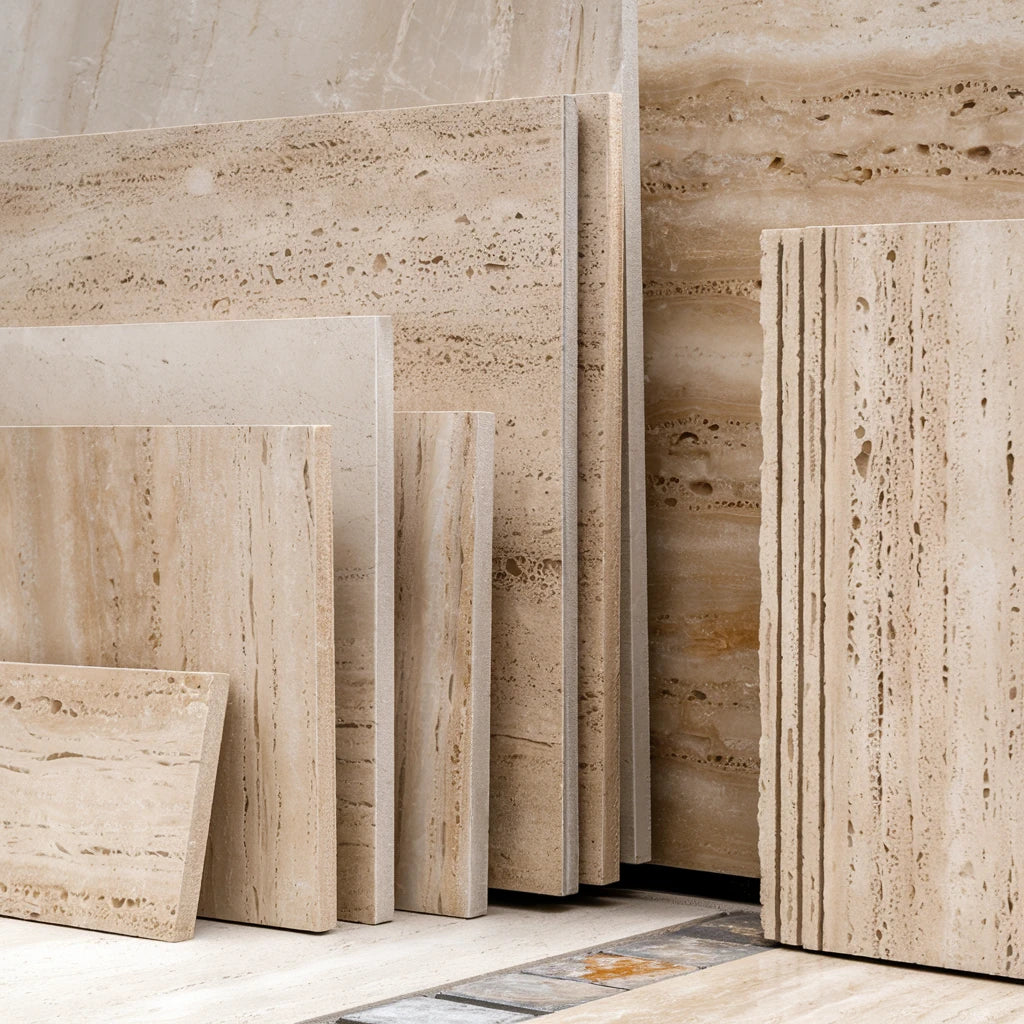 Best Selling Travertine Collections
Best Selling Travertine Collections
 Ivory Travertine
Ivory Travertine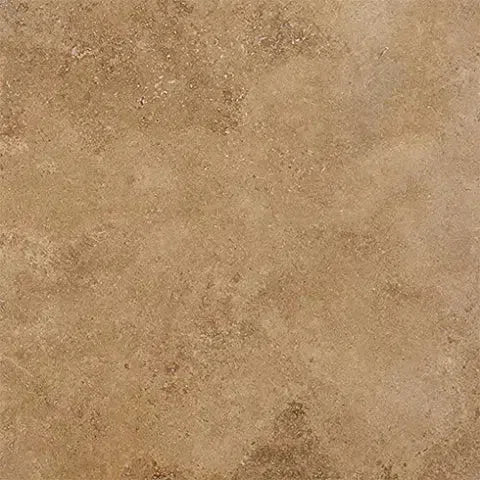 Noce Travertine
Noce Travertine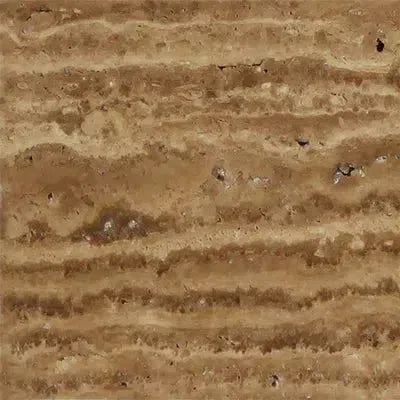 Exotic Noce Travertine
Exotic Noce Travertine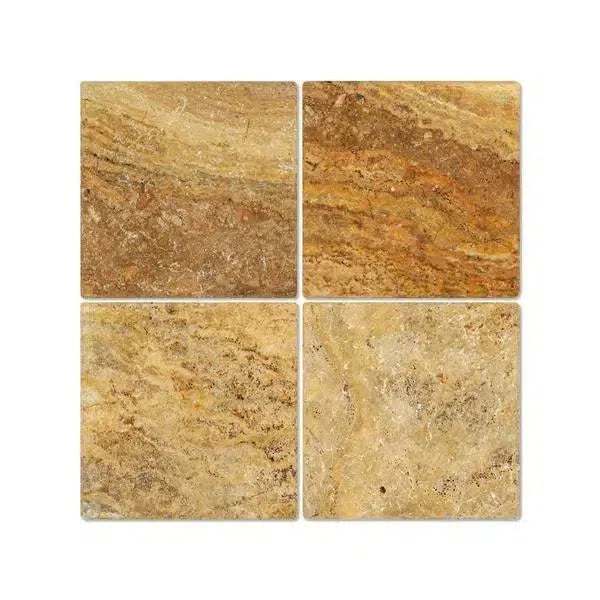 Scabos | Autumn Leaves Travertine
Scabos | Autumn Leaves Travertine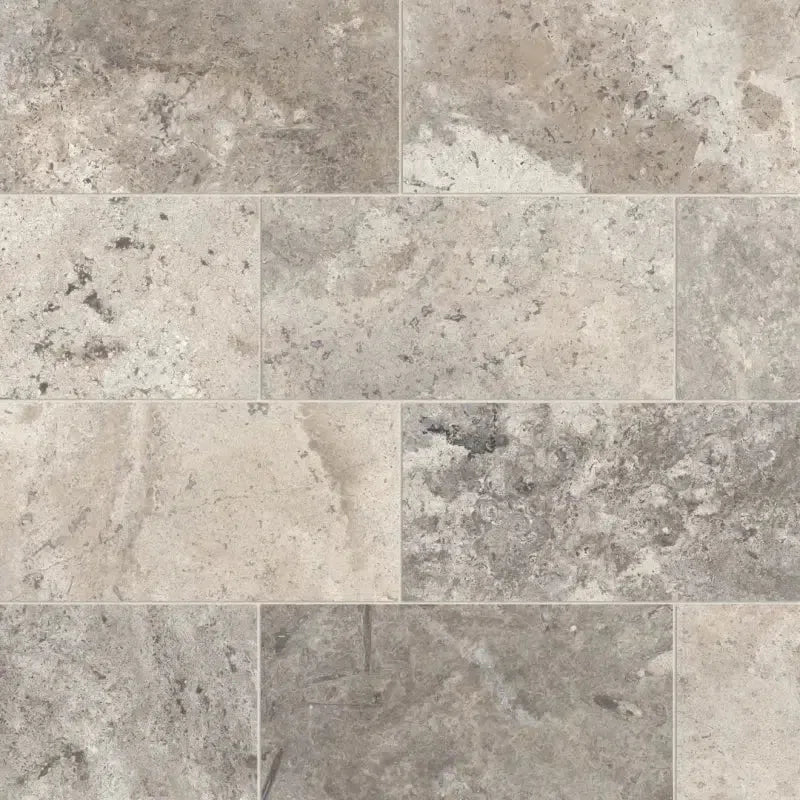 Silver Travertine
Silver Travertine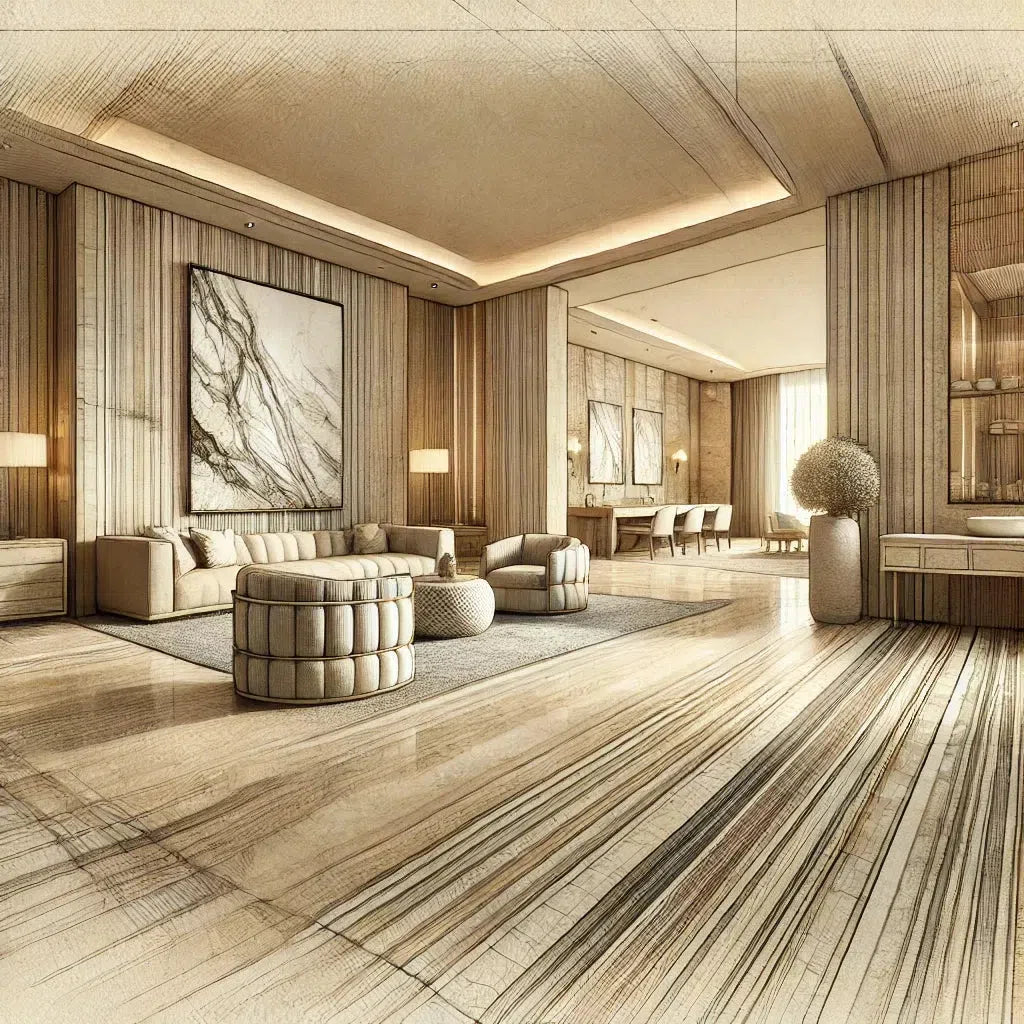 Exotic Travertine
Exotic Travertine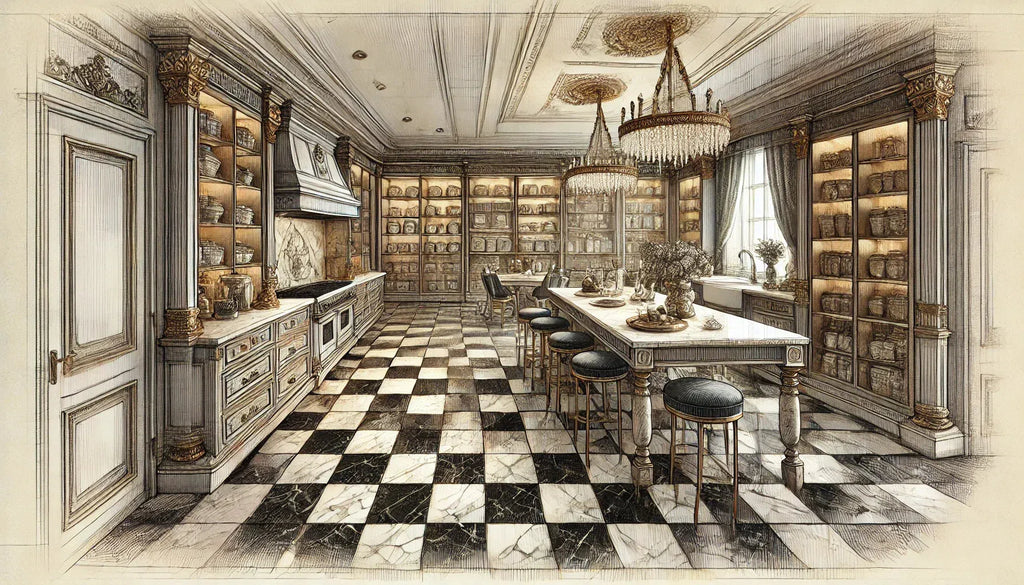 Checkerboard
Checkerboard
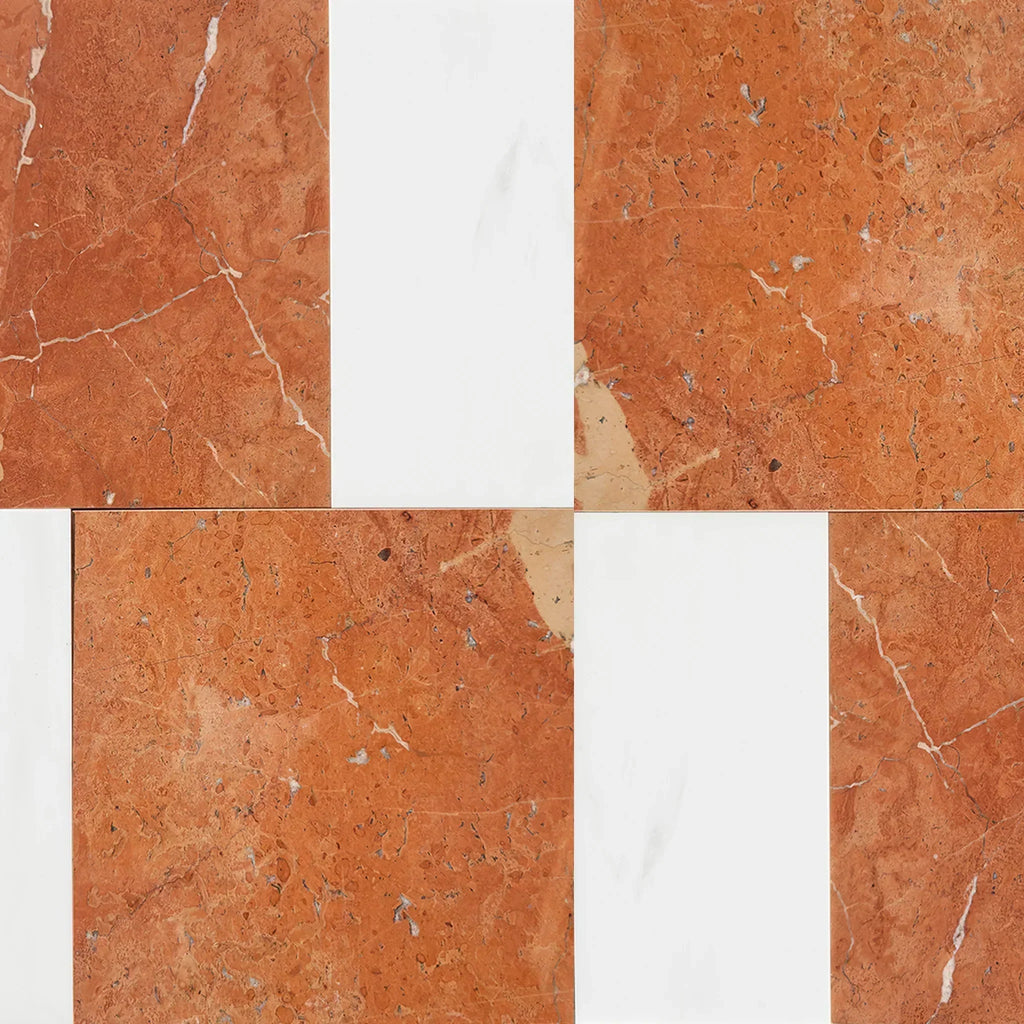 Patterned Tile
Patterned Tile
 Shop By Material
Shop By Material
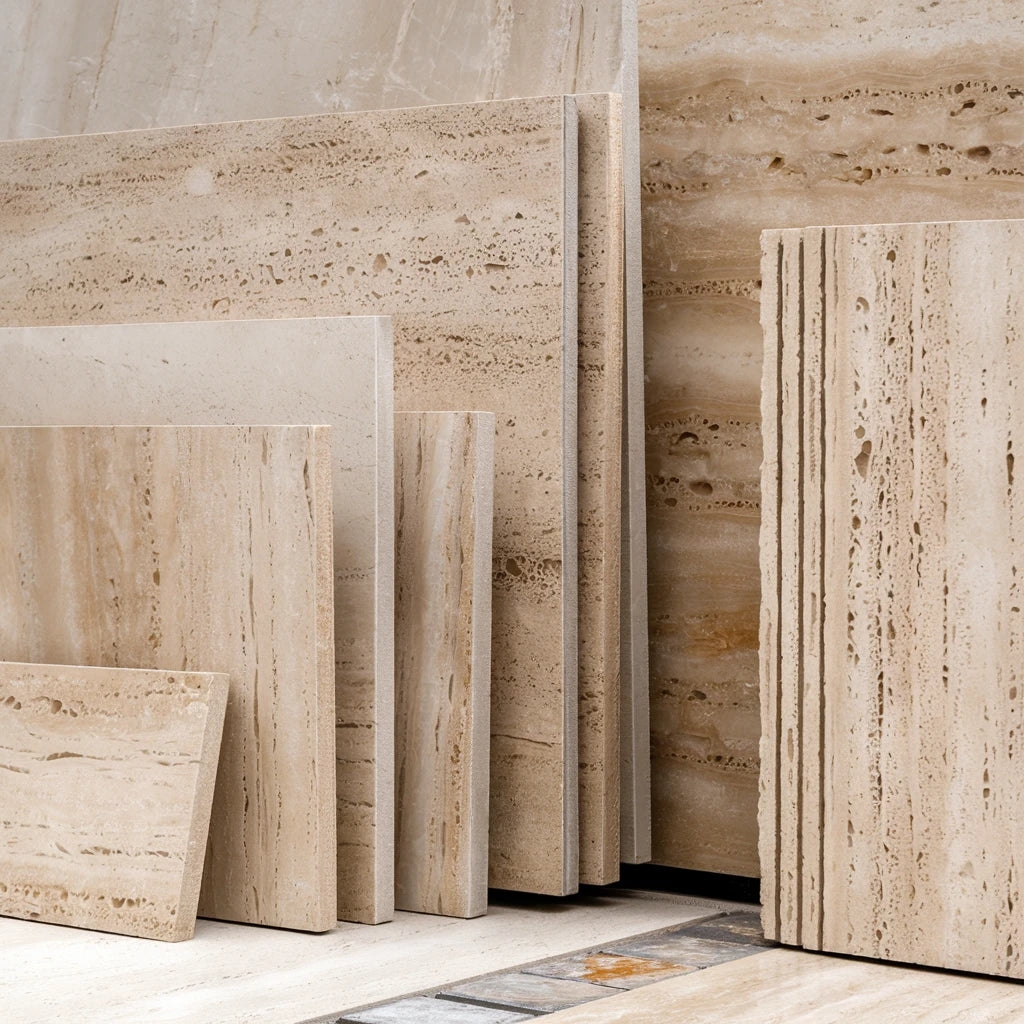 Travertine
Travertine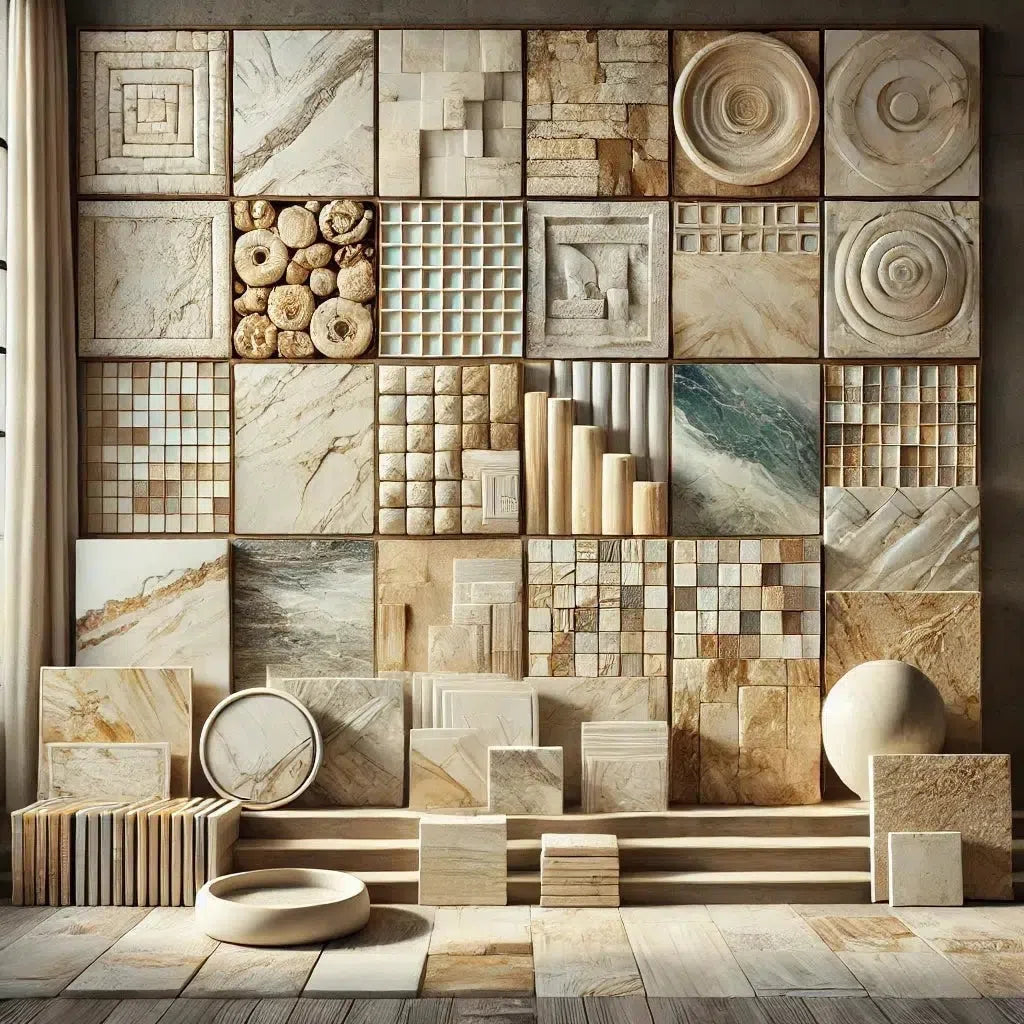 Marble
Marble Limestone
Limestone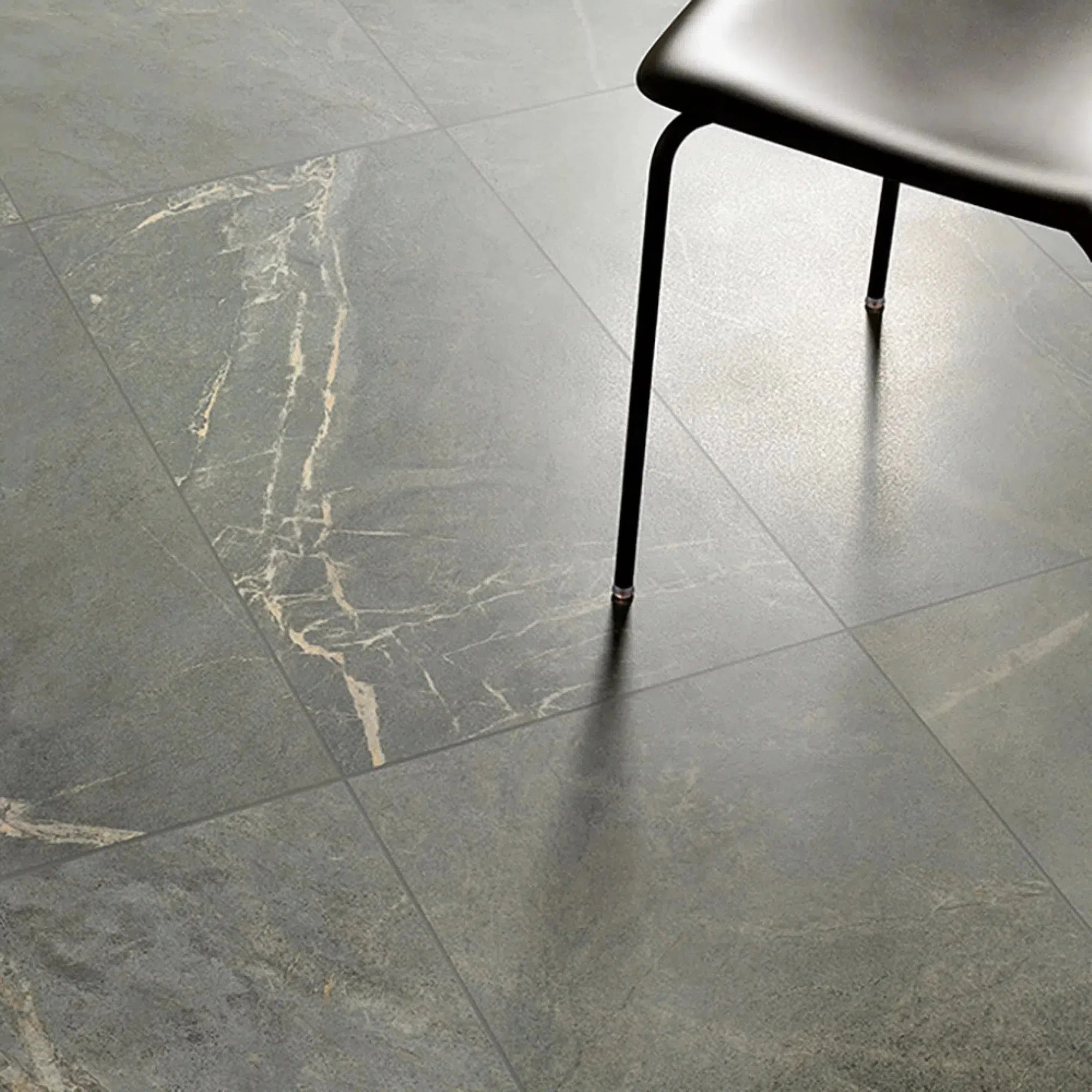 Soap Stone
Soap Stone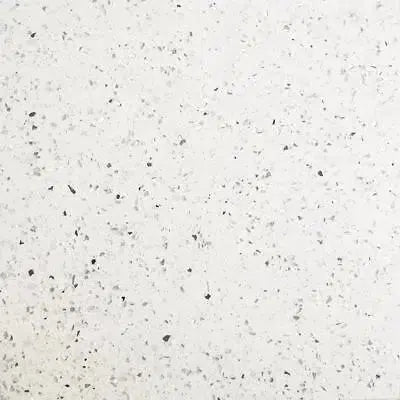 Quartz
Quartz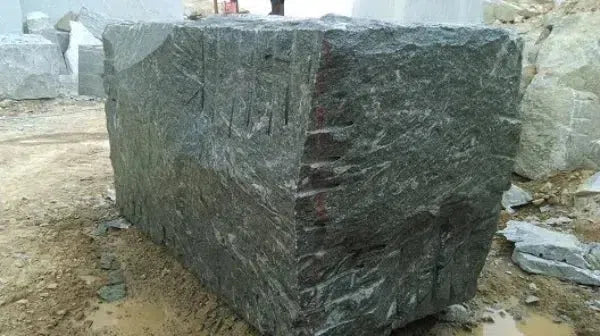 Granite
Granite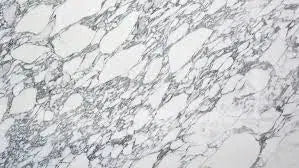 Shop By Name
Shop By Name
 Absolute Black Granite
Absolute Black Granite Atlantic Gray Marble
Atlantic Gray Marble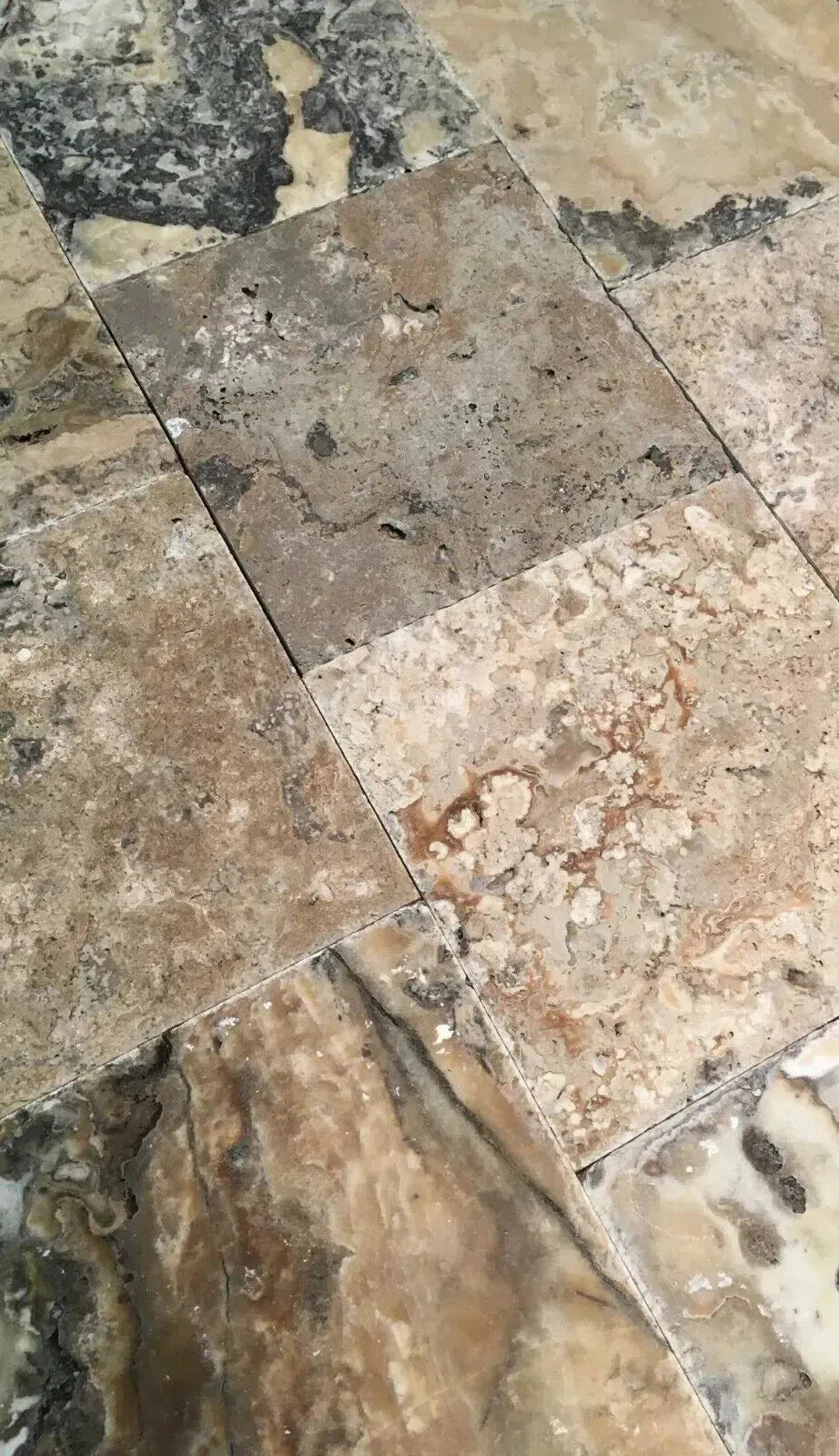 Antico Onyx Travertine
Antico Onyx Travertine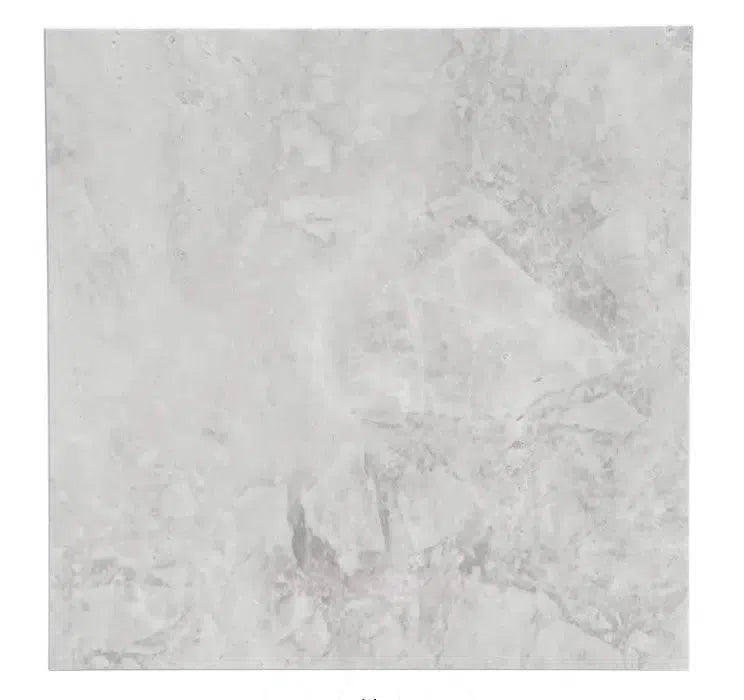 Bianco Congelato Dolomite
Bianco Congelato Dolomite Bianco Venatino (Bianco Mare) Marble
Bianco Venatino (Bianco Mare) Marble Burgundy Mocha Marble
Burgundy Mocha Marble Calacatta Verde Royale Marble
Calacatta Verde Royale Marble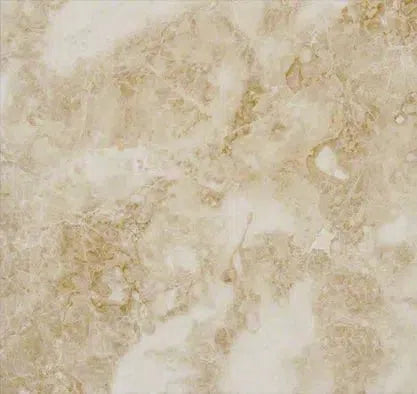 Cappuccino Marble
Cappuccino Marble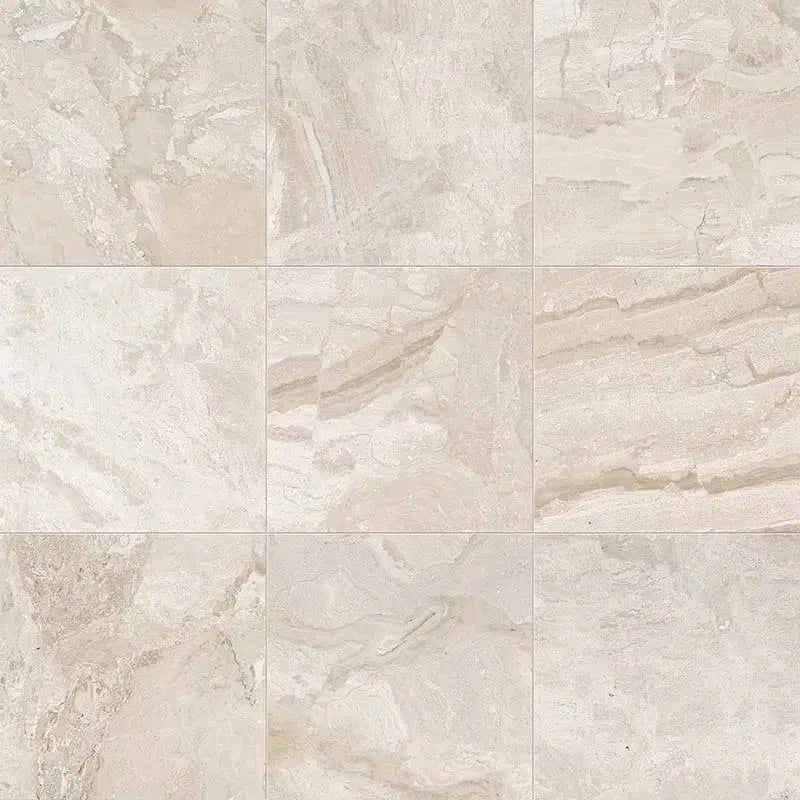 Diano Royal (Queen Beige) Marble
Diano Royal (Queen Beige) Marble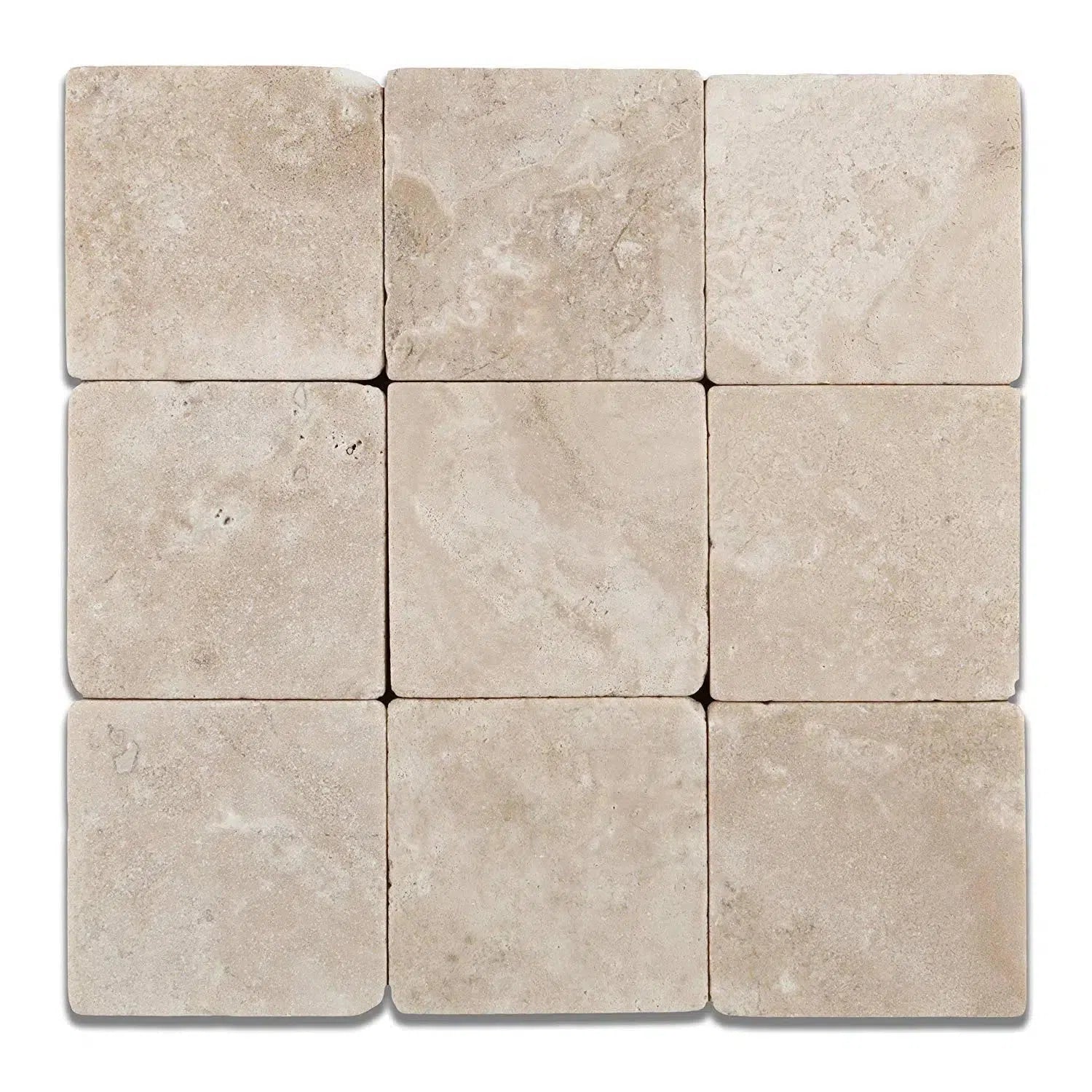 Durango Cream Traverine
Durango Cream Traverine Emperador Light Marble
Emperador Light Marble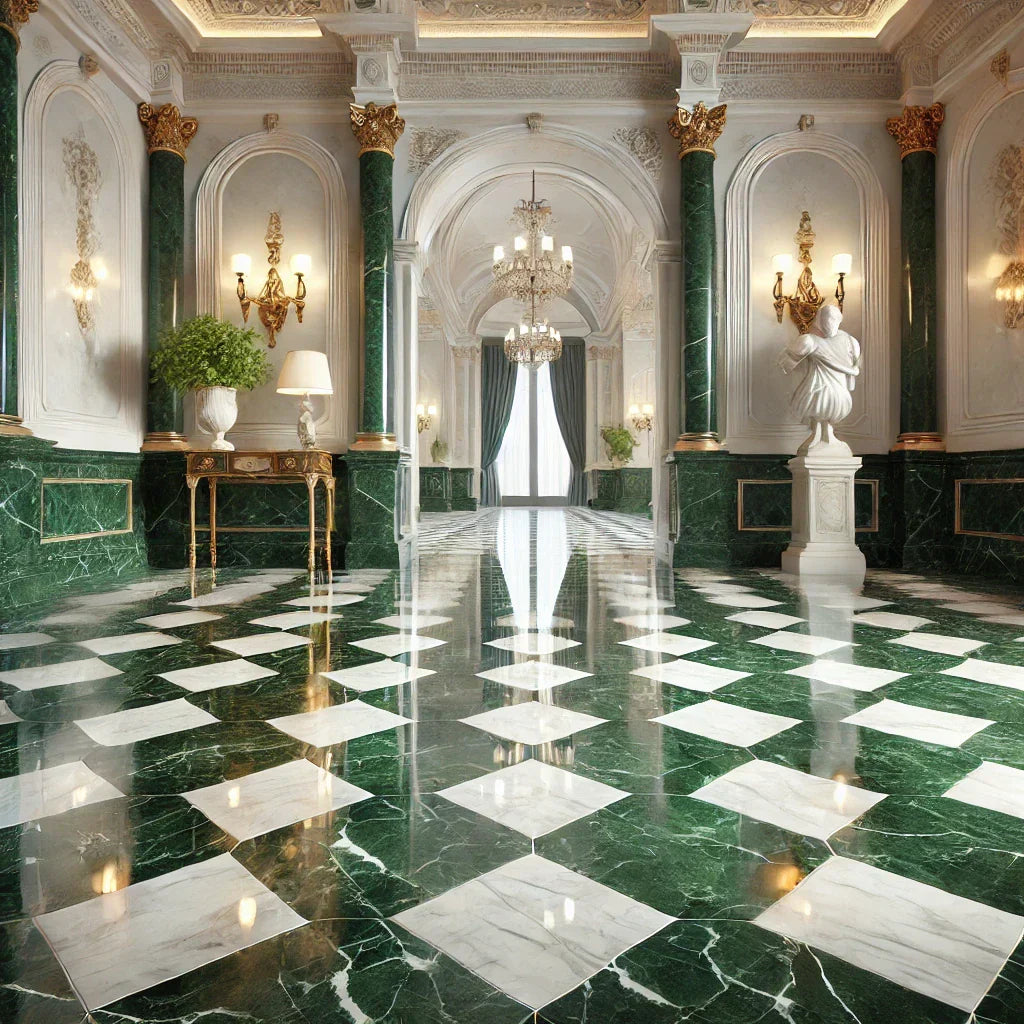 Empress Green Marble
Empress Green Marble Gold/Yellow Travertine
Gold/Yellow Travertine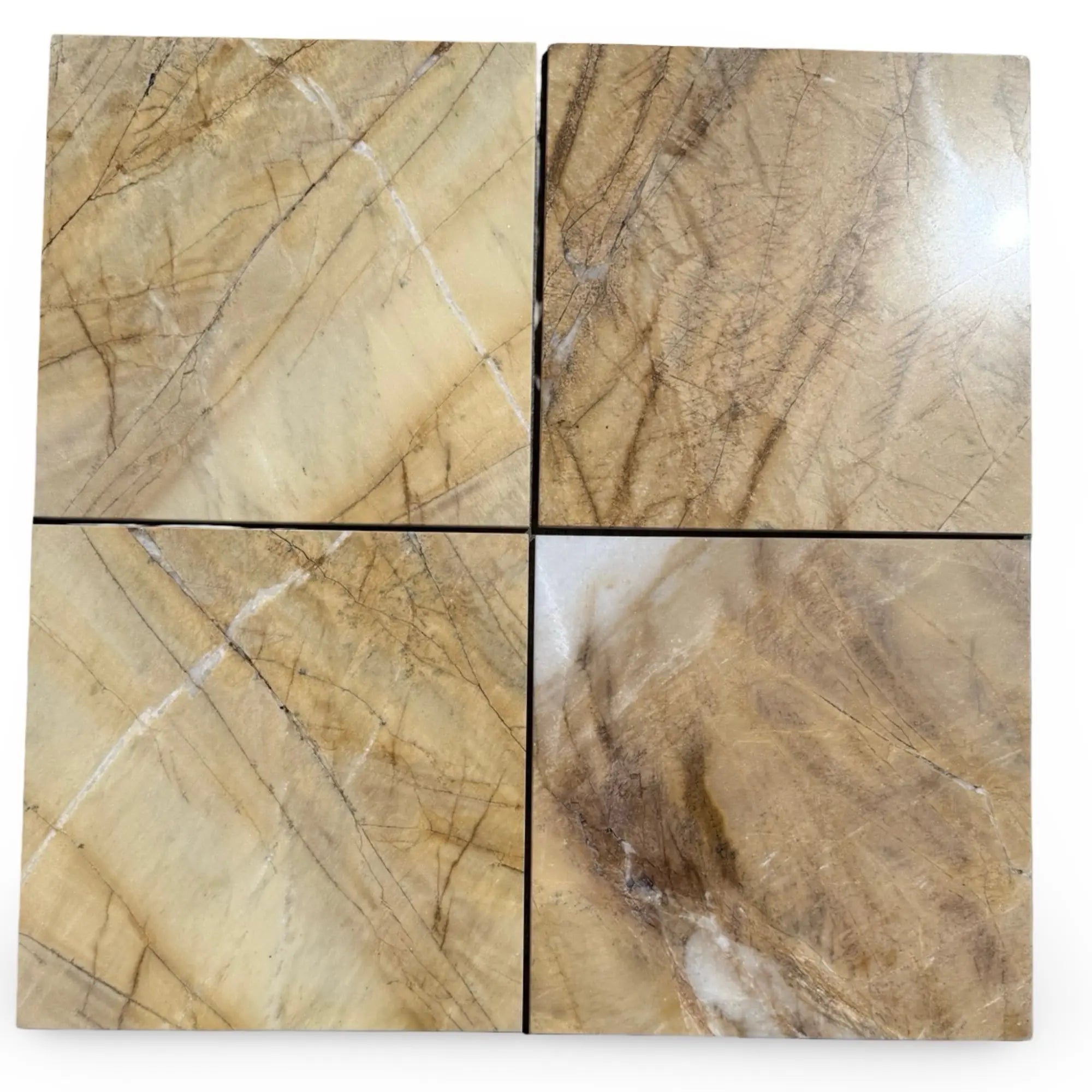 Golden Horizon Marble
Golden Horizon Marble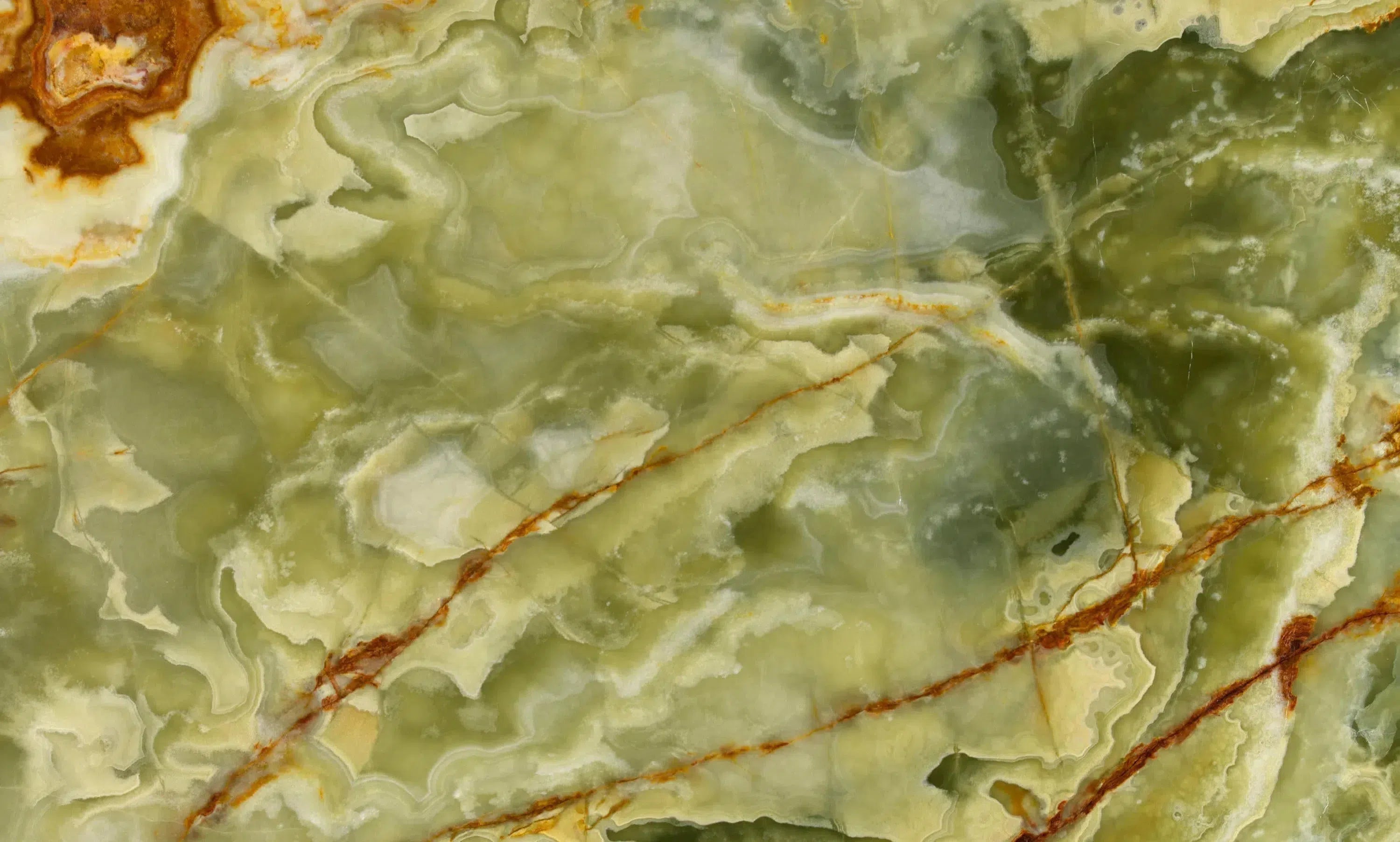 Green Onyx Marble
Green Onyx Marble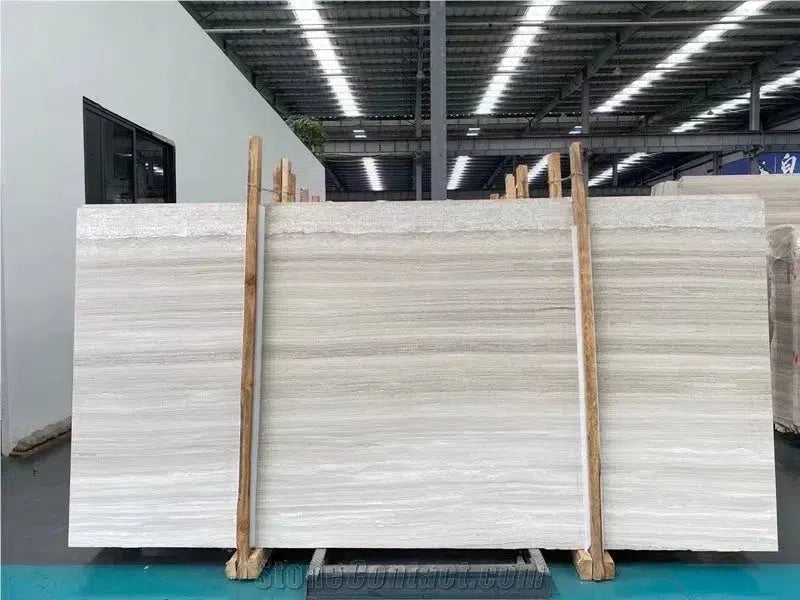 Haisa Light (White Wood) Limestone
Haisa Light (White Wood) Limestone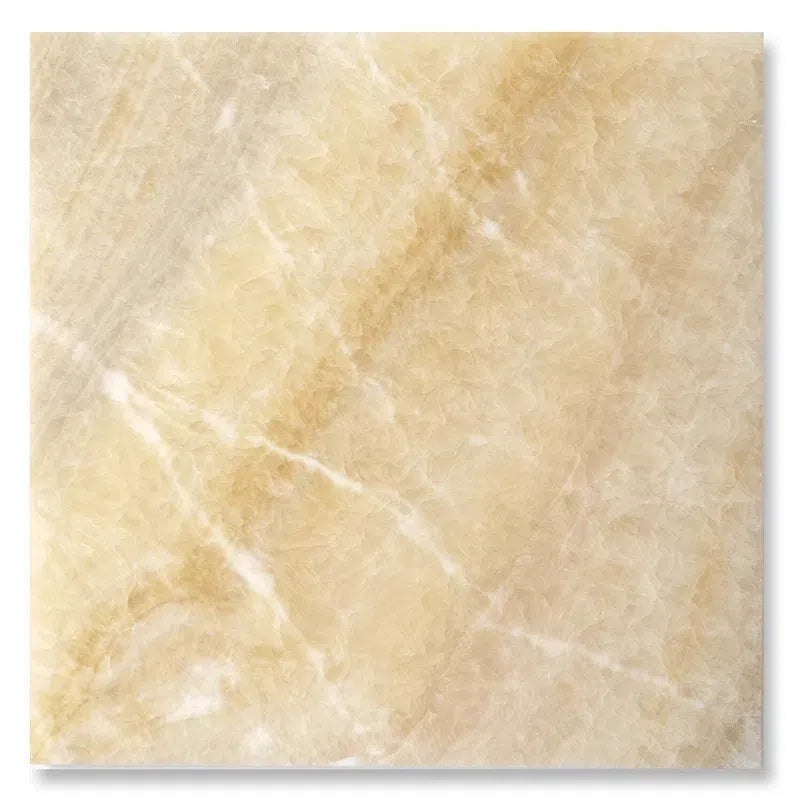 Honey Onyx Marble
Honey Onyx Marble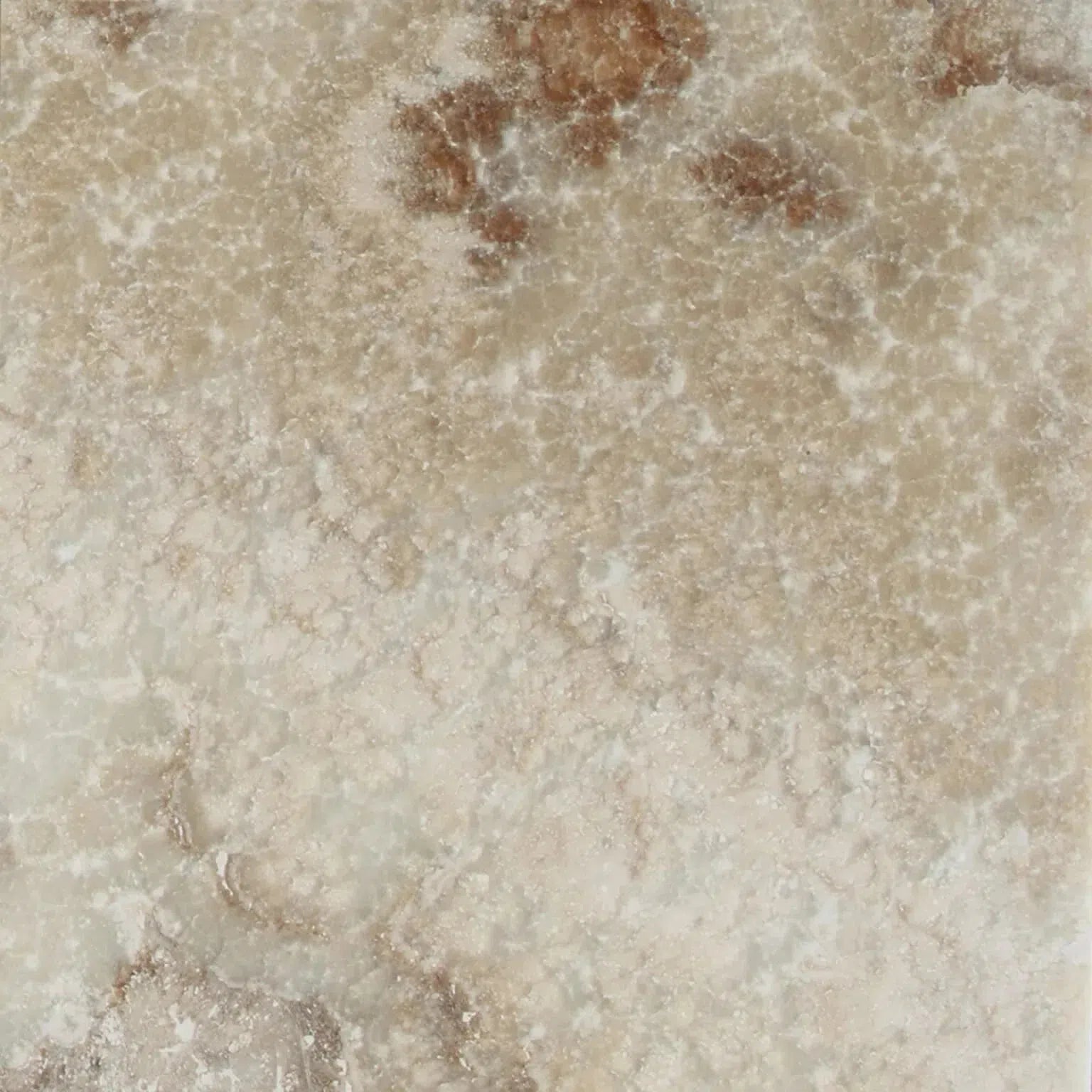 La Travonya Travertine
La Travonya Travertine Malibu Travertine
Malibu Travertine Mink (Equator) Marble
Mink (Equator) Marble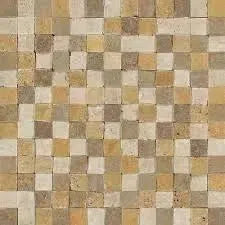 Mixed (Ivory-Noce-Gold) Travertine
Mixed (Ivory-Noce-Gold) Travertine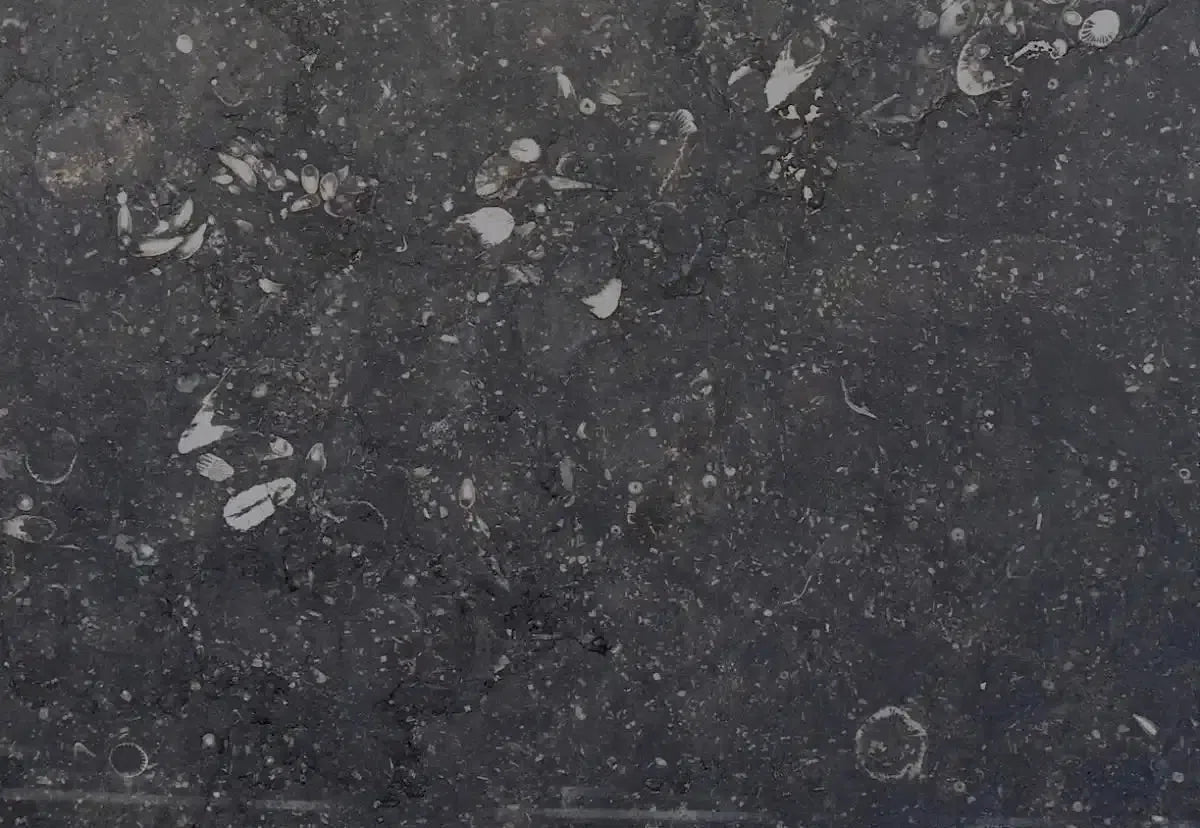 Pierre Bleue (Pierre Blue) Marble
Pierre Bleue (Pierre Blue) Marble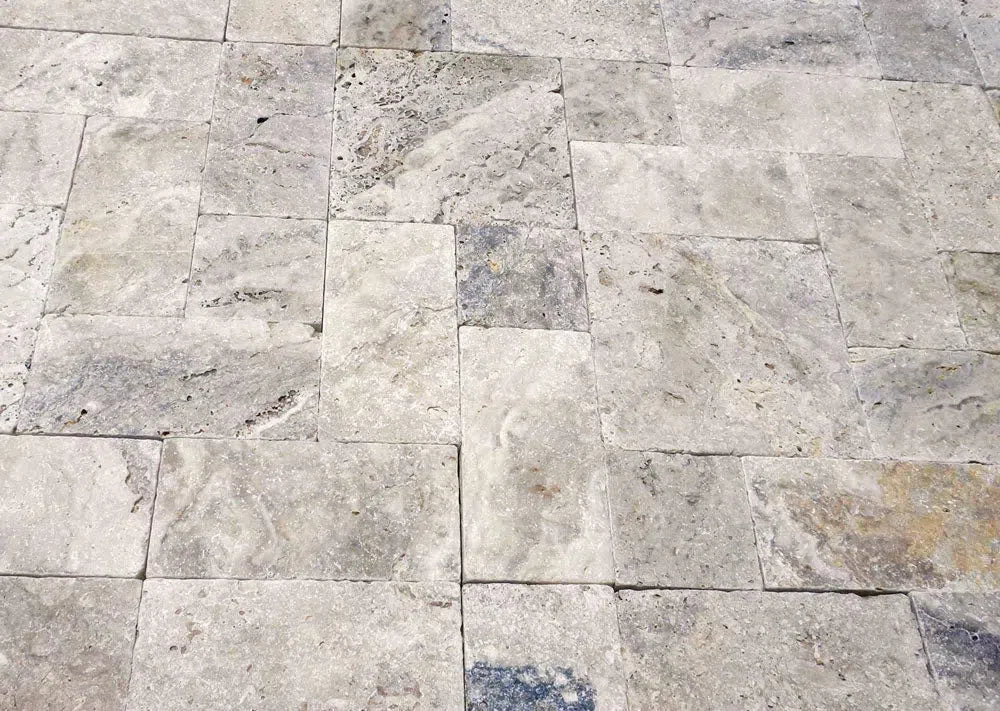 Philadelphia Travertine
Philadelphia Travertine Rosé Aurora Marble
Rosé Aurora Marble Rosetta Storm Marble
Rosetta Storm Marble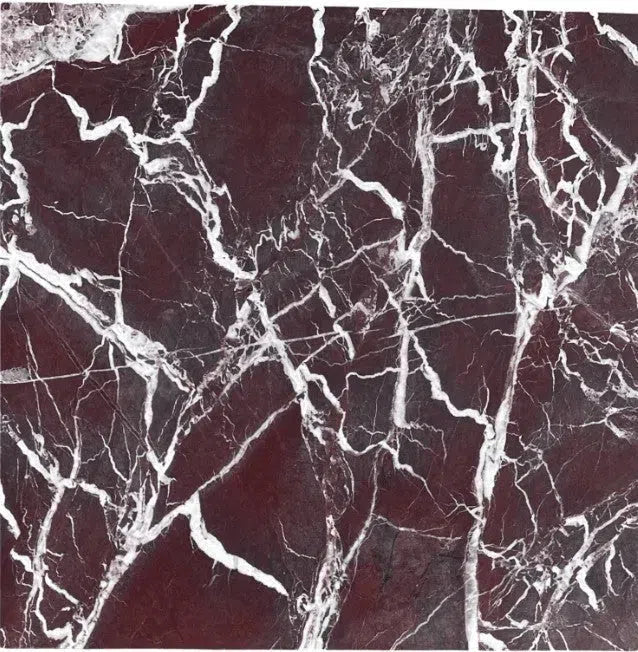 Rosso Levanto Marble
Rosso Levanto Marble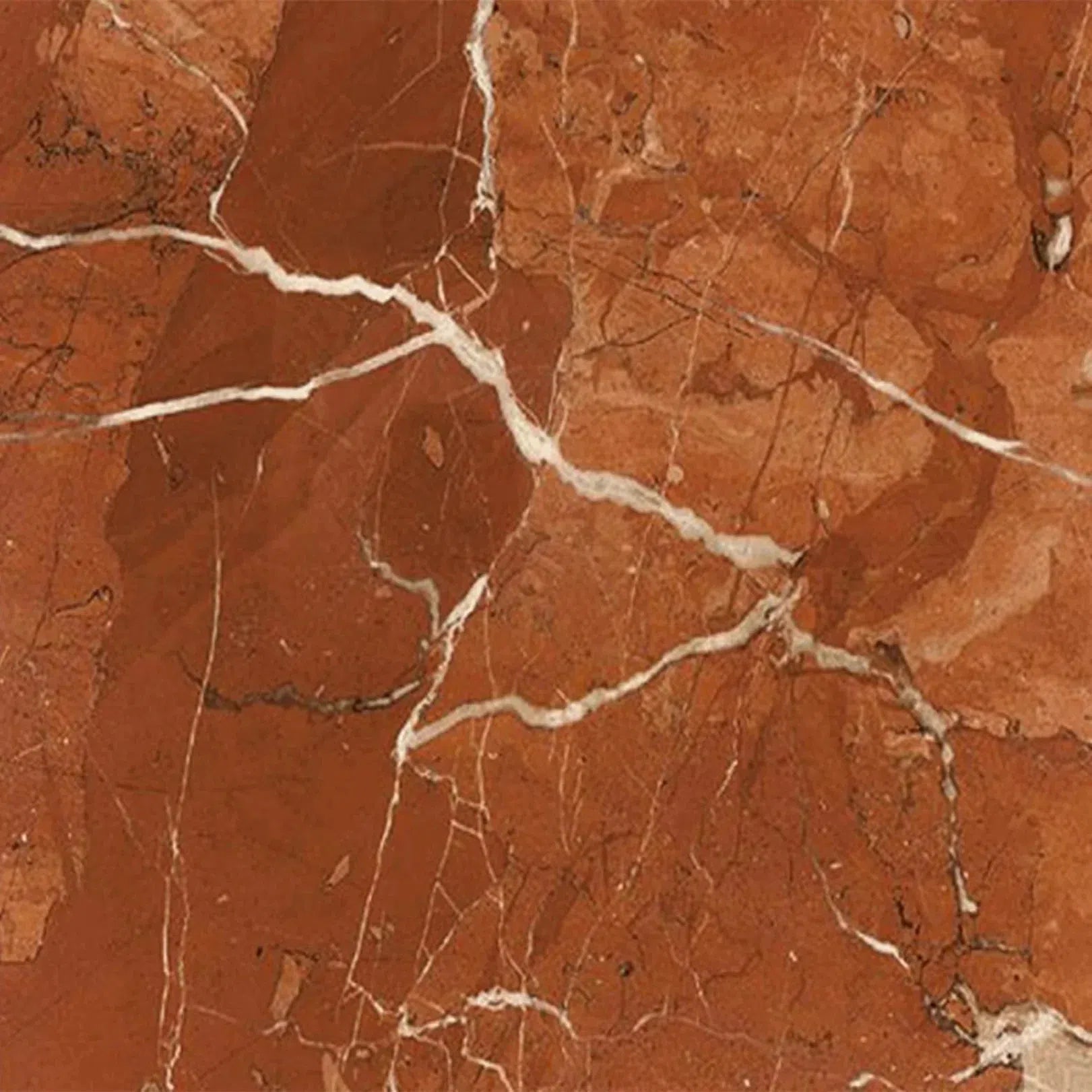 Rojo Alicante Marble
Rojo Alicante Marble Sahara Ember Marble
Sahara Ember Marble Sky Blue | Azul Cielo Marble
Sky Blue | Azul Cielo Marble Snow White (Afyon White) Marble
Snow White (Afyon White) Marble Spanish Mix Marble
Spanish Mix Marble Storm Gray Marble
Storm Gray Marble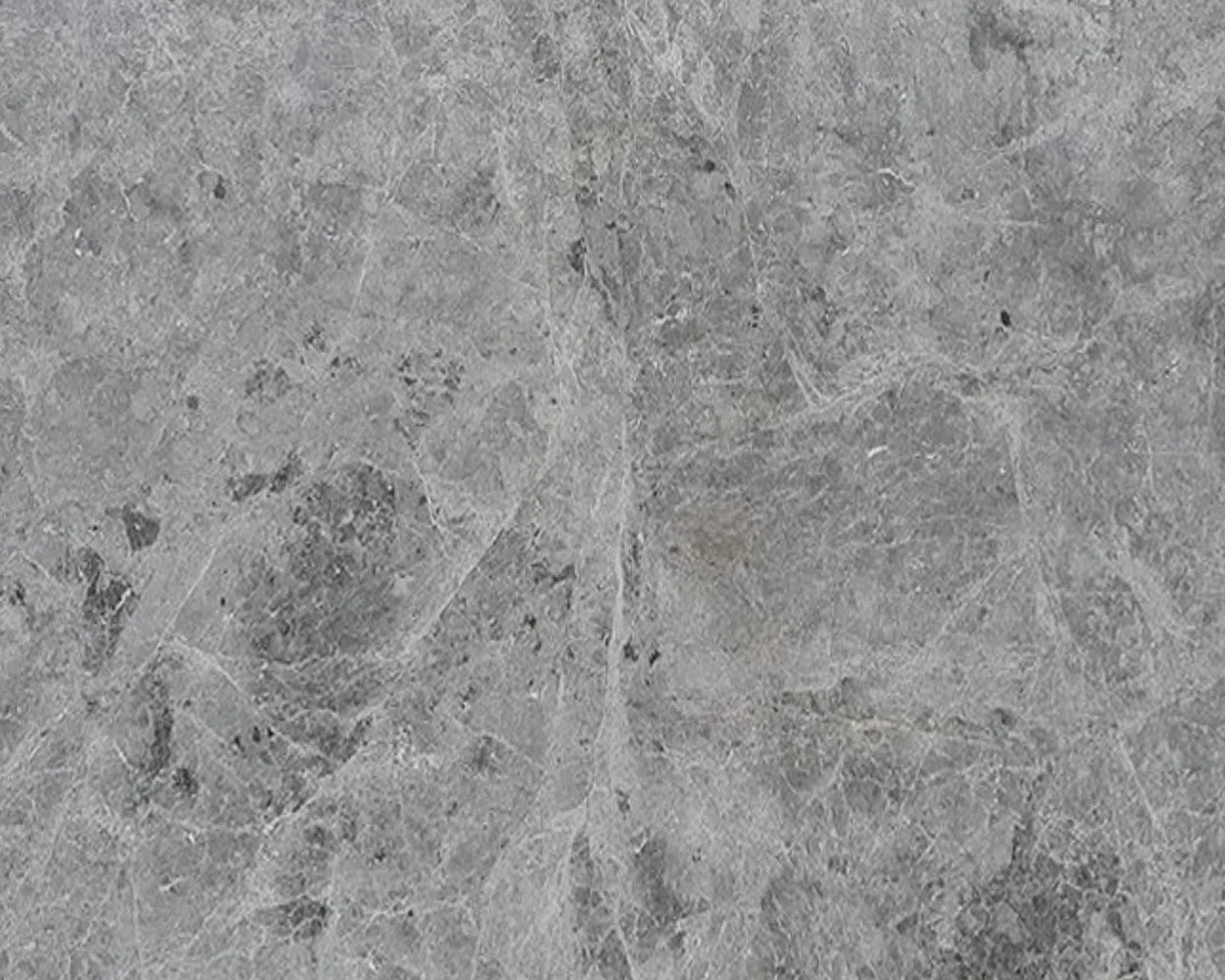 Tundra Gray (Atlantic Gray) Marble
Tundra Gray (Atlantic Gray) Marble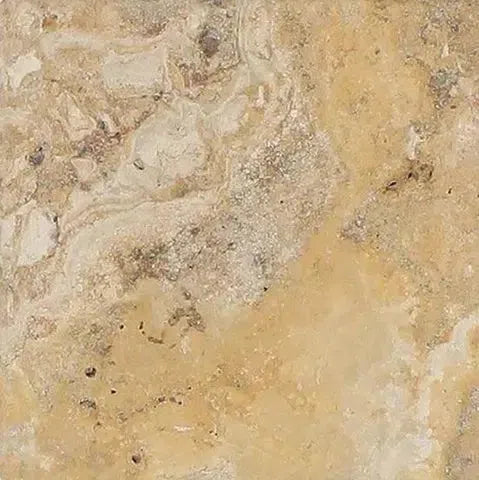 Valencia Travertine
Valencia Travertine Valerenga Travertine
Valerenga Travertine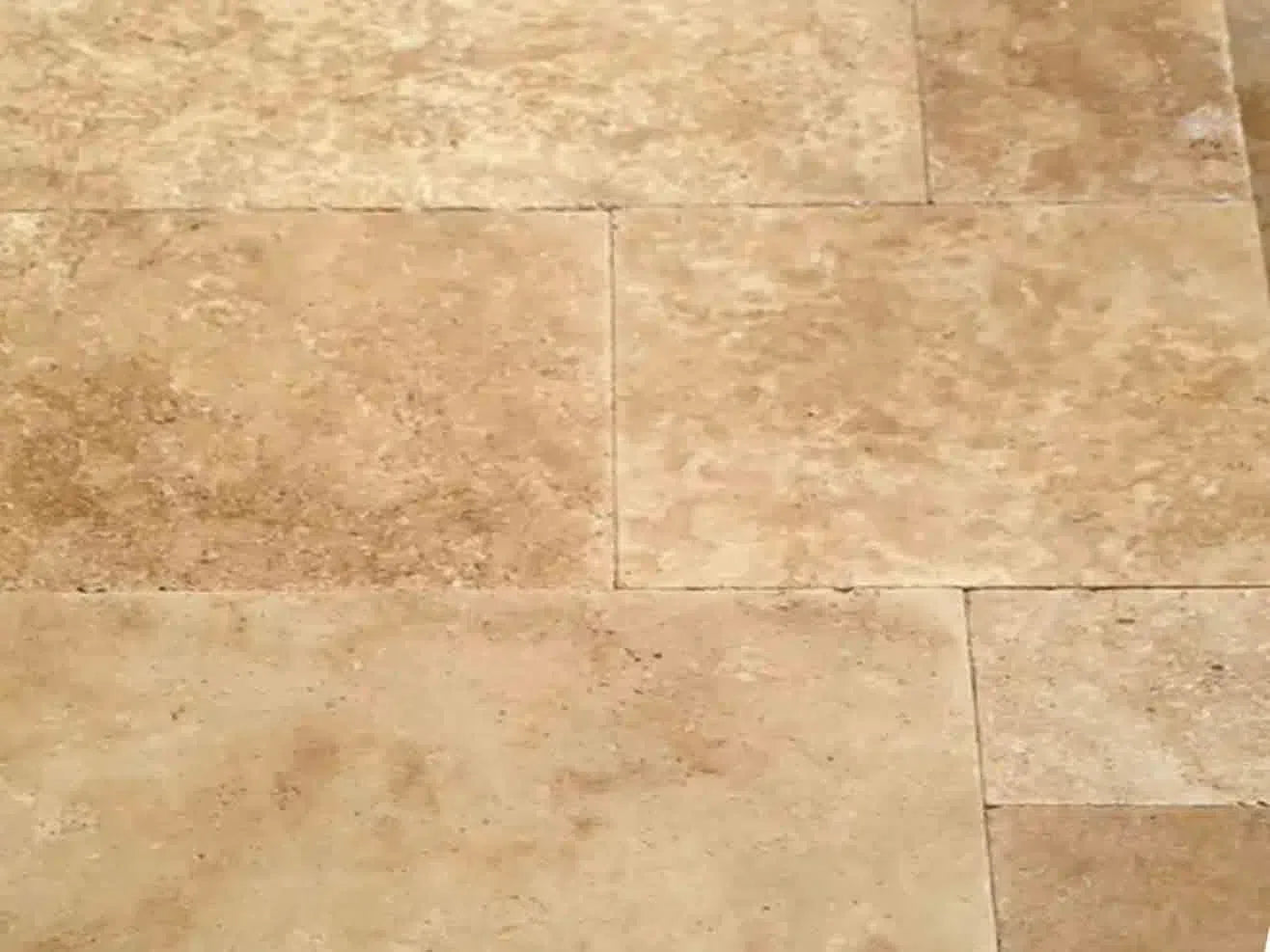 Walnut Travertine
Walnut Travertine White Onyx Marble
White Onyx Marble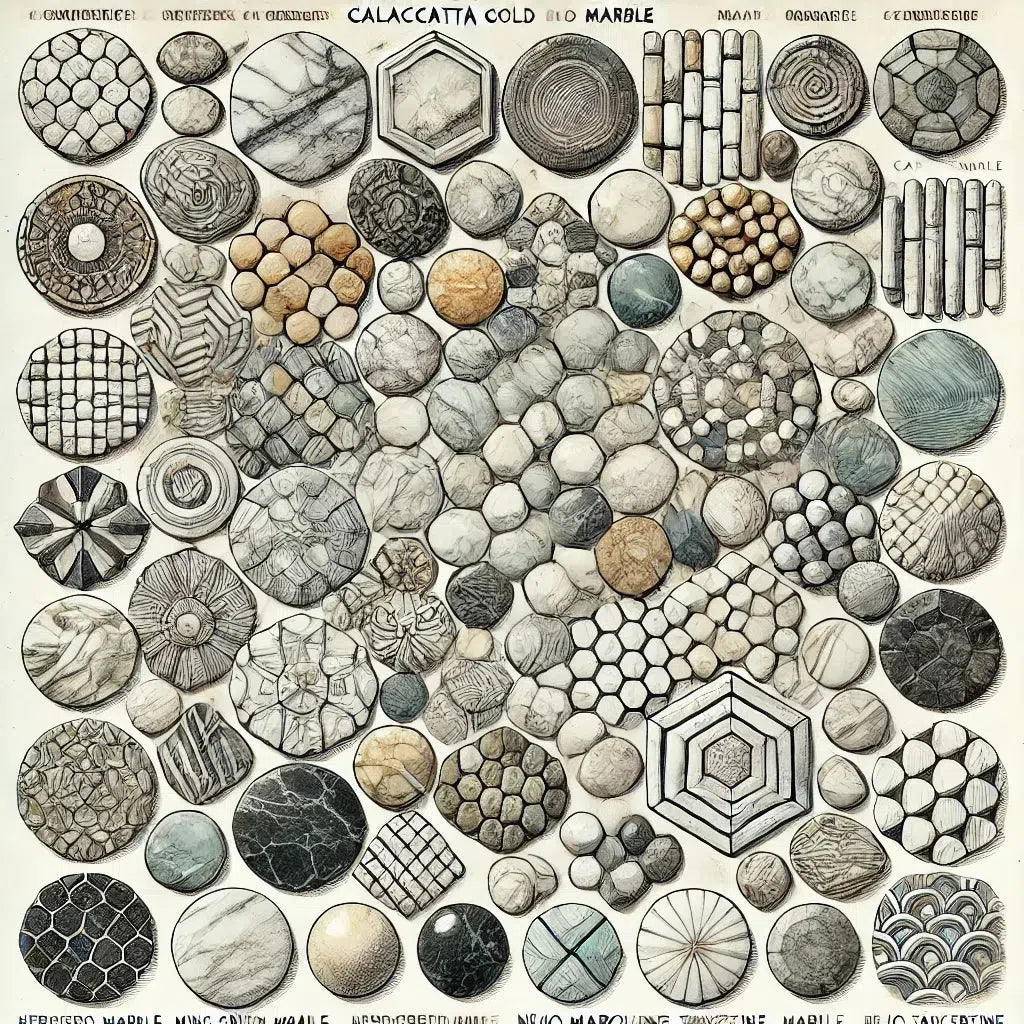 Shop By Type
Shop By Type
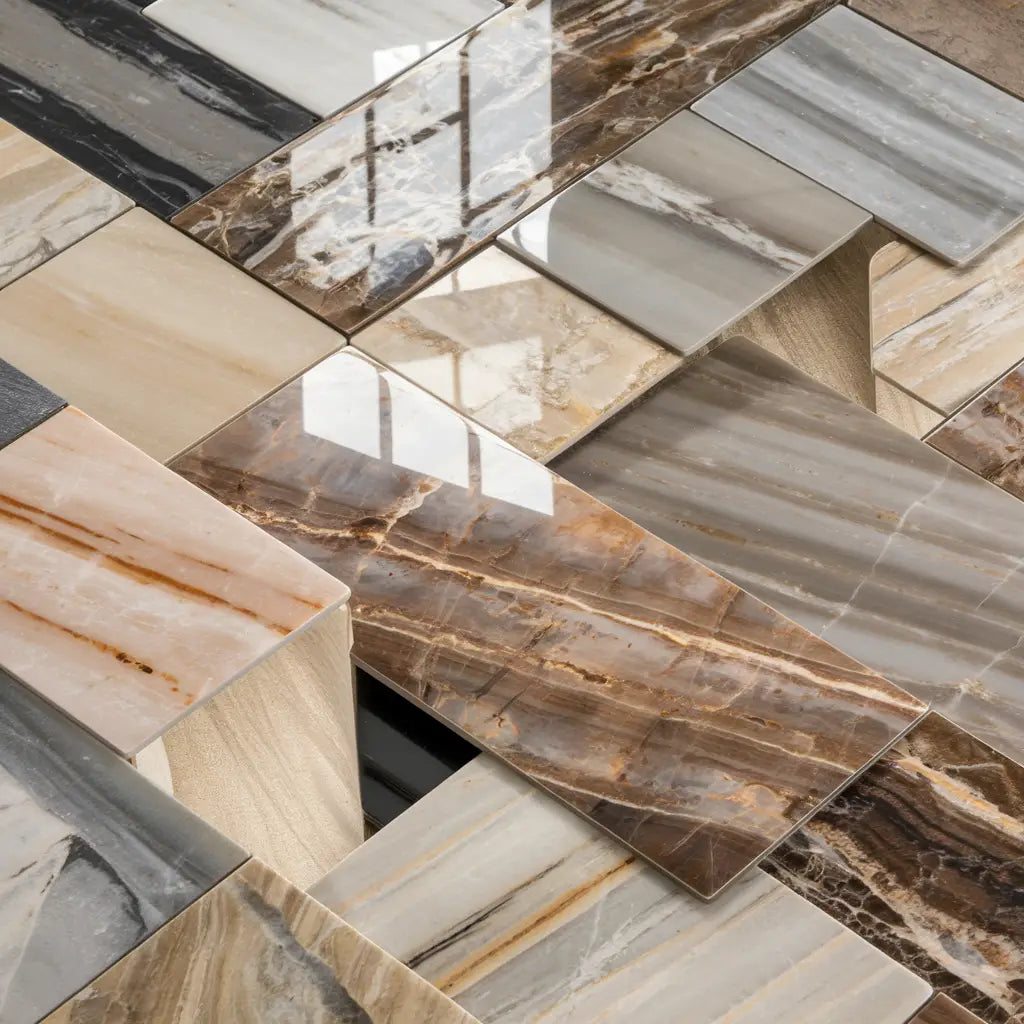 Marble Tiles
Marble Tiles Marble Mosaic
Marble Mosaic Travertine Tiles
Travertine Tiles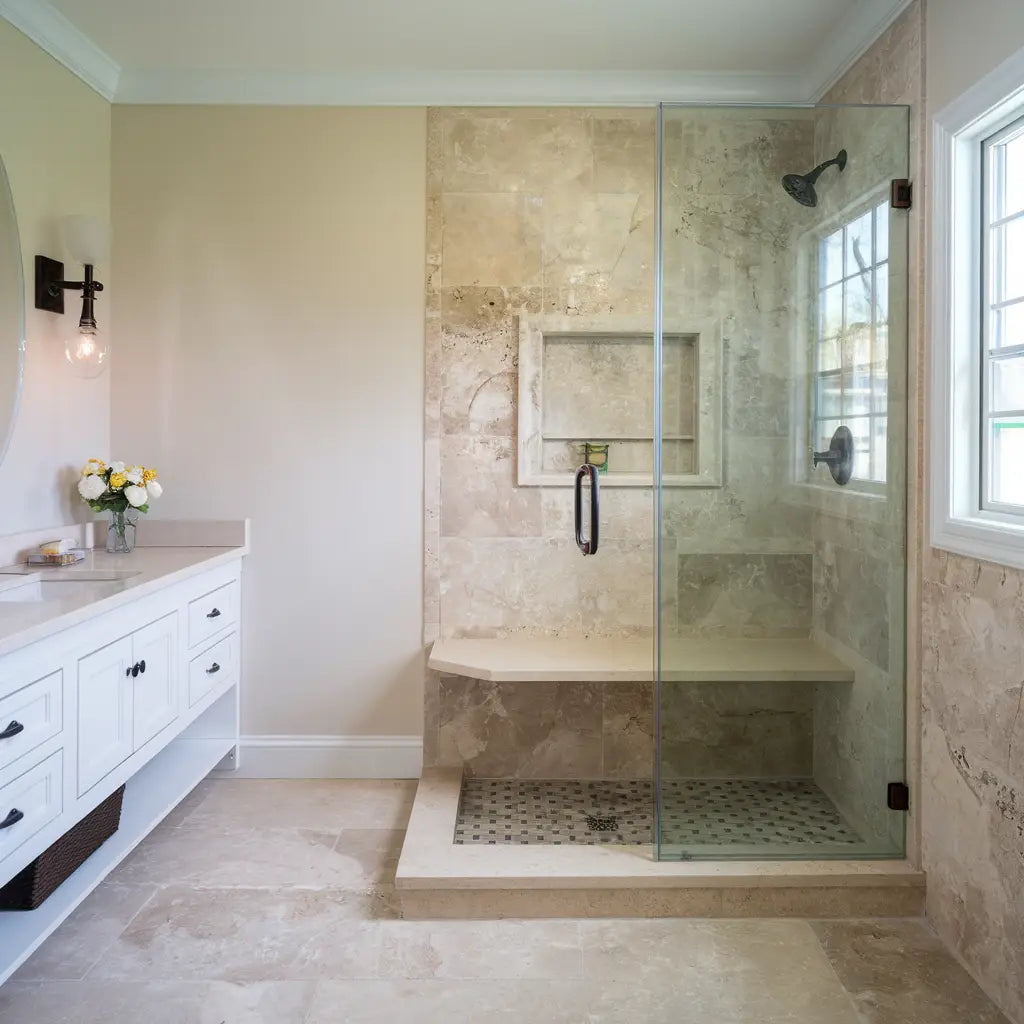 Travertine Mosaic
Travertine Mosaic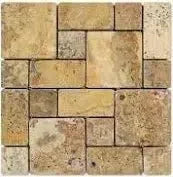 4 pcs Versailles Pattern / French Pattern Set
4 pcs Versailles Pattern / French Pattern Set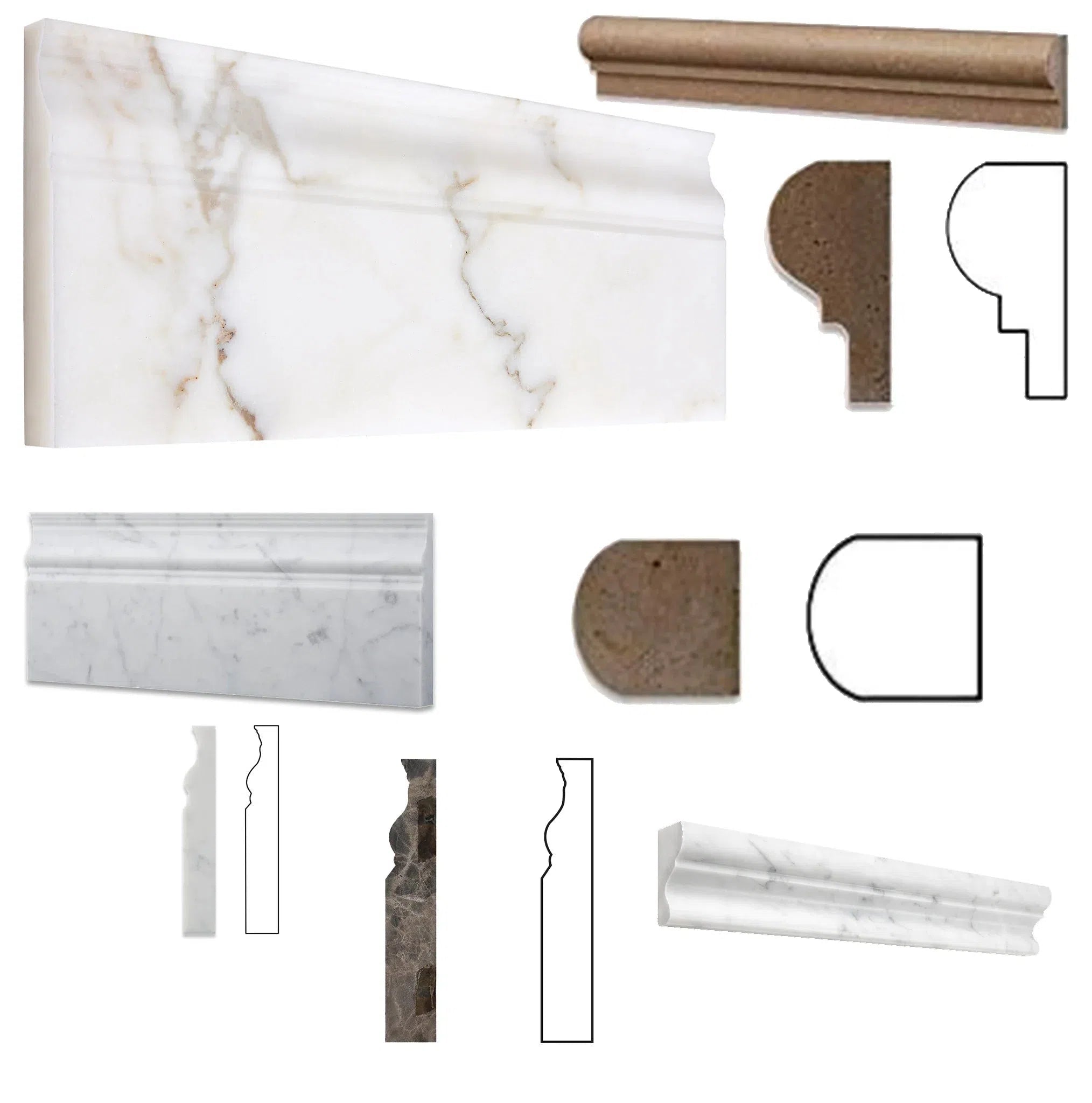 Molding/Trim
Molding/Trim Border/Listello
Border/Listello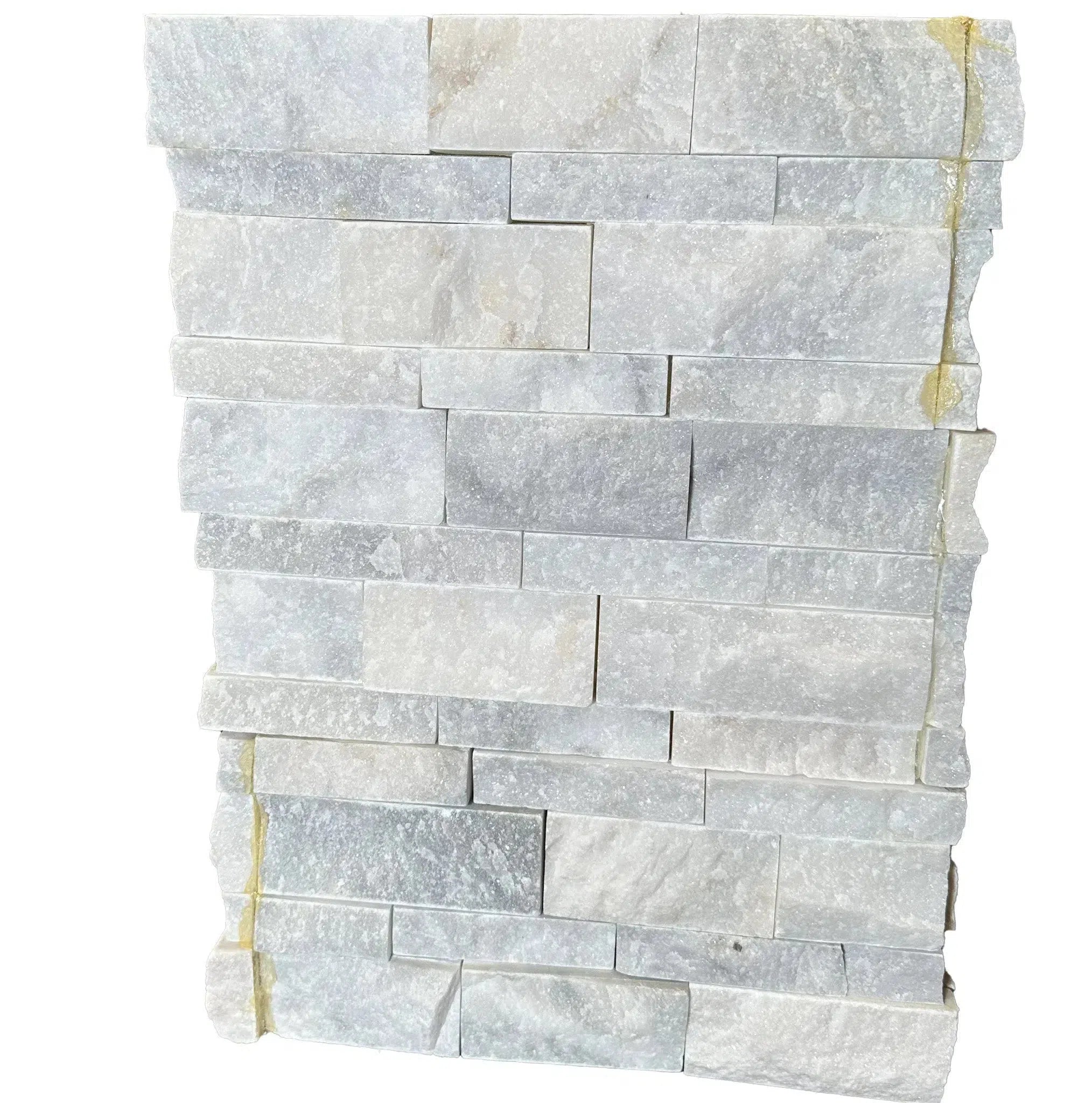 Ledger-Panel
Ledger-Panel Checkerboard
Checkerboard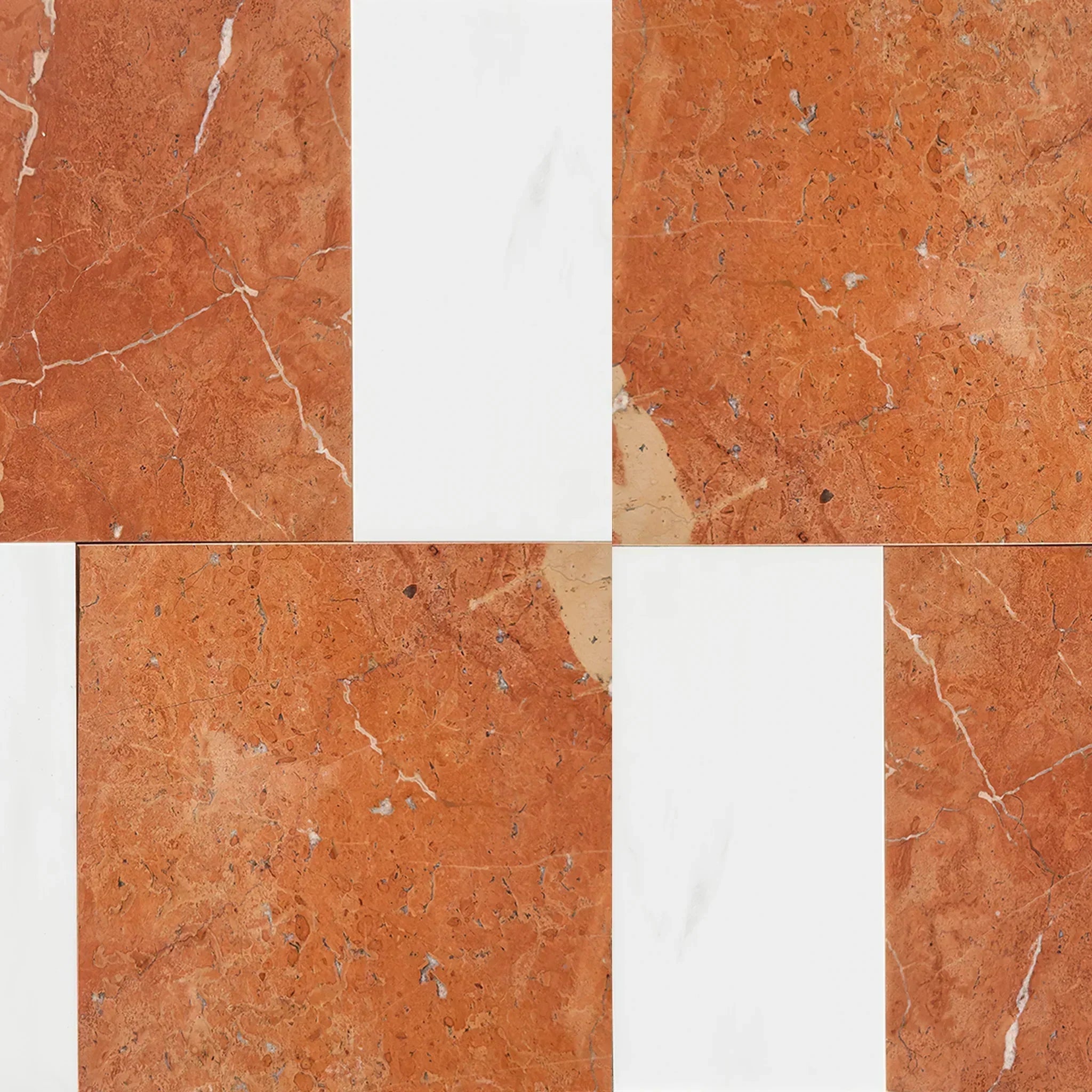 Patterned Tile Collection
Patterned Tile Collection  Shop By Finish
Shop By Finish
 Polished
Polished Honed
Honed Brushed
Brushed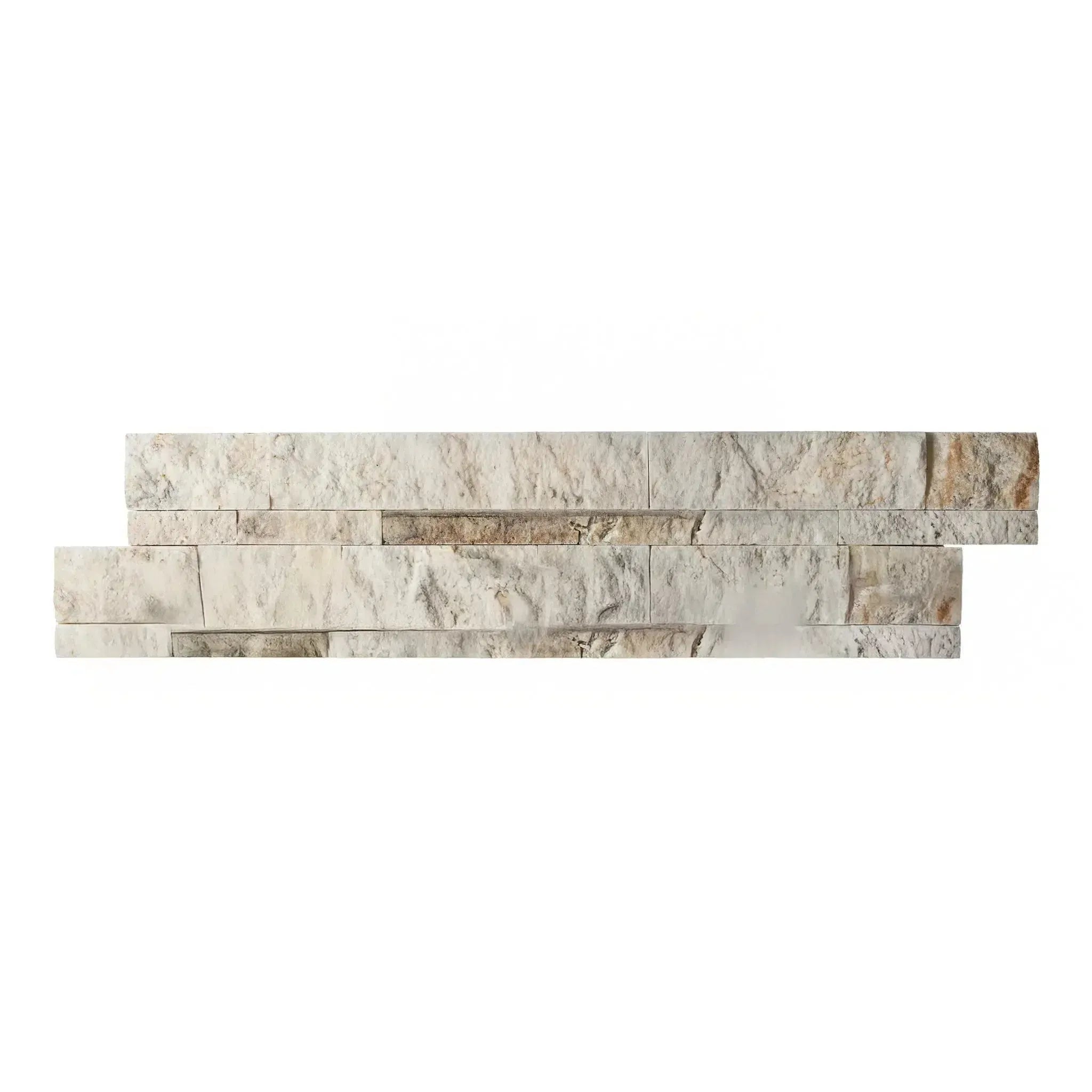 Split Face
Split Face Textured
Textured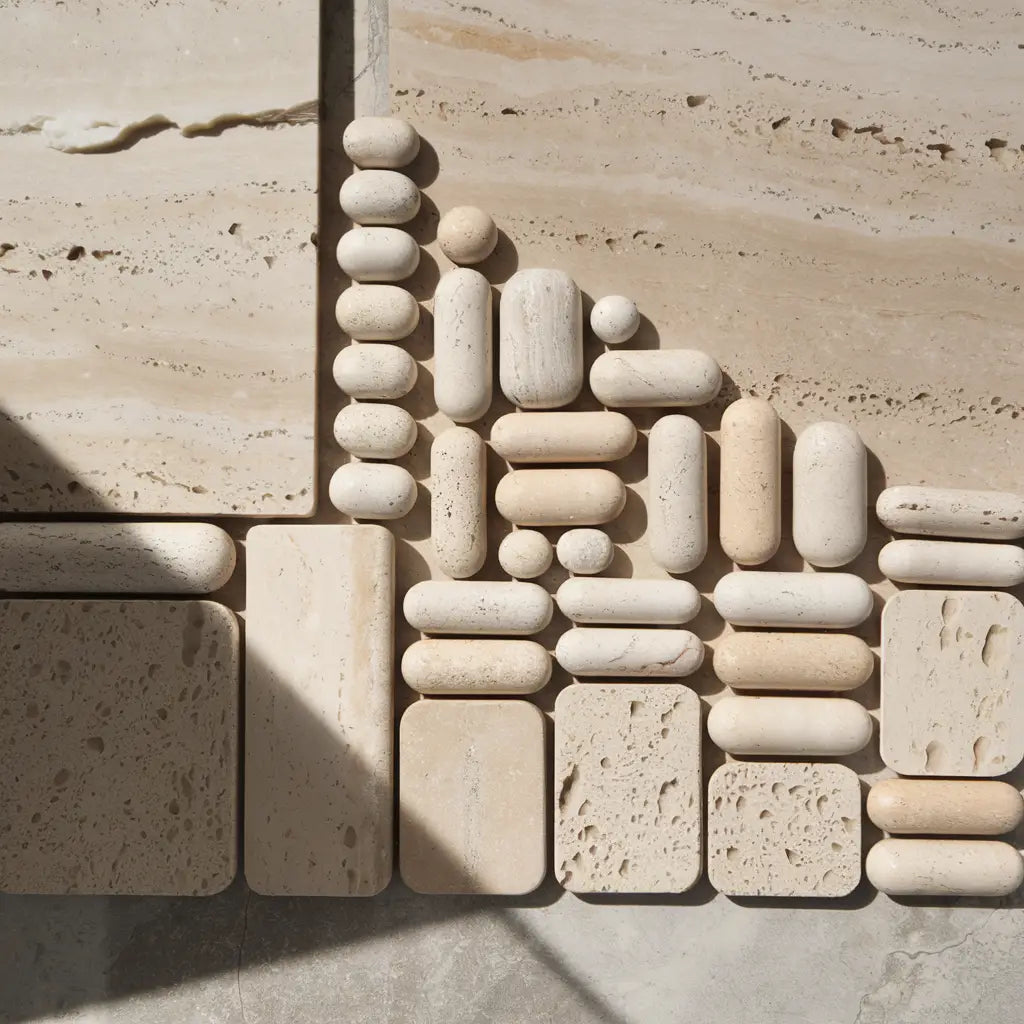 Tumbled
Tumbled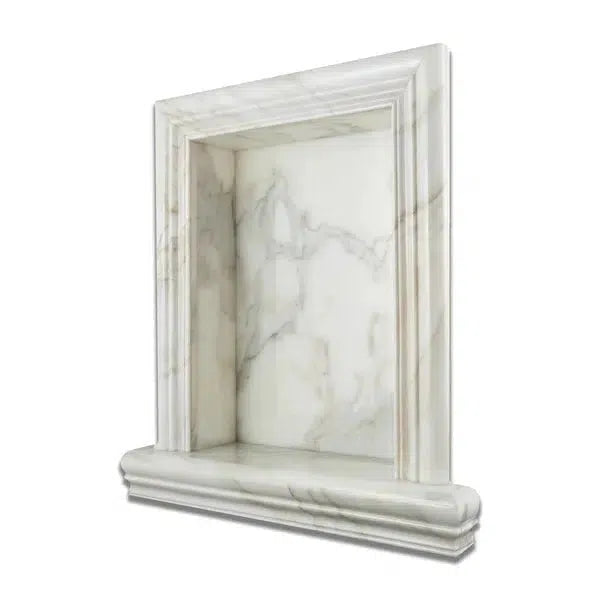 Accessories
Accessories
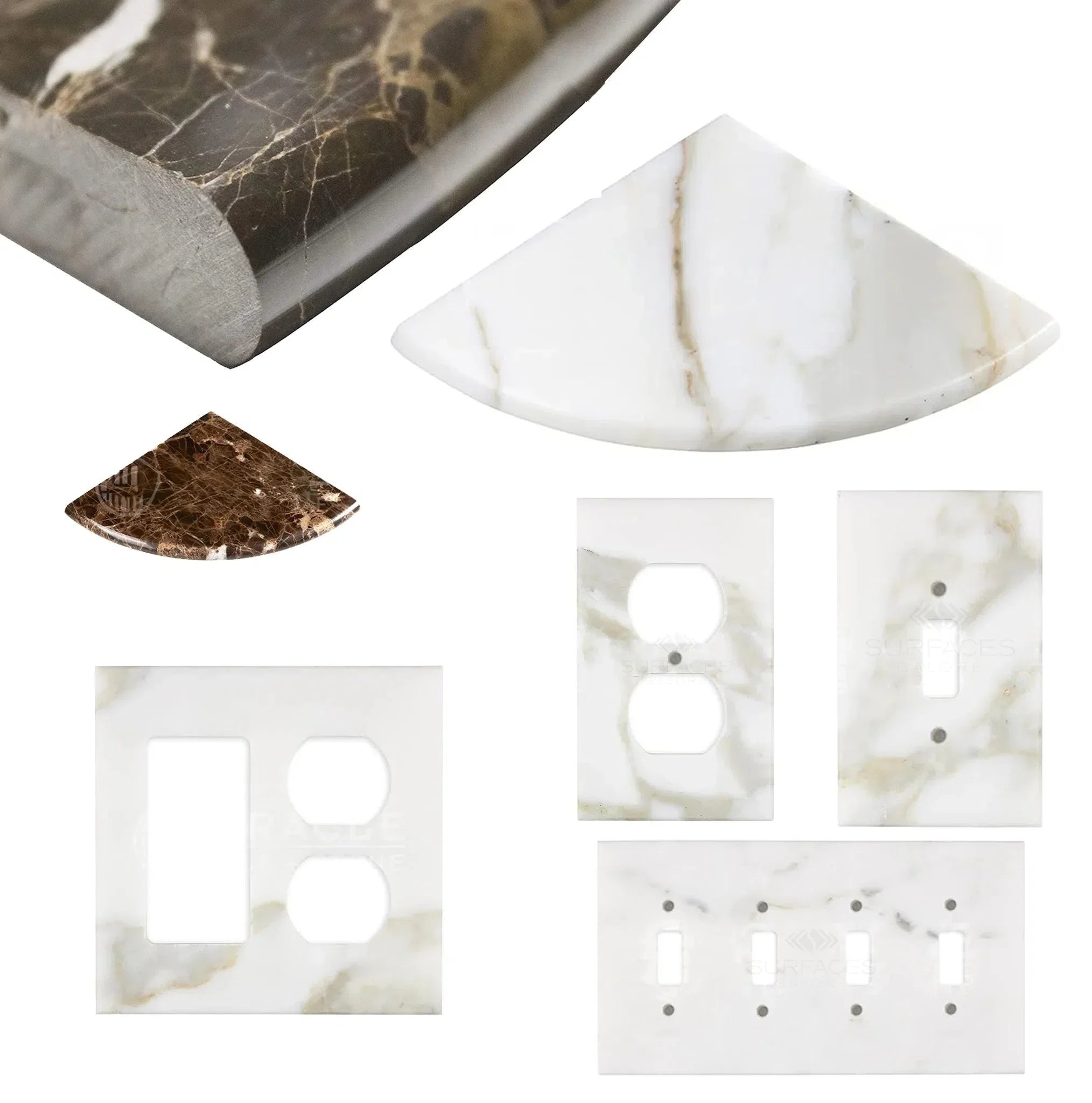 Wall Plate / Switch Plate
Wall Plate / Switch Plate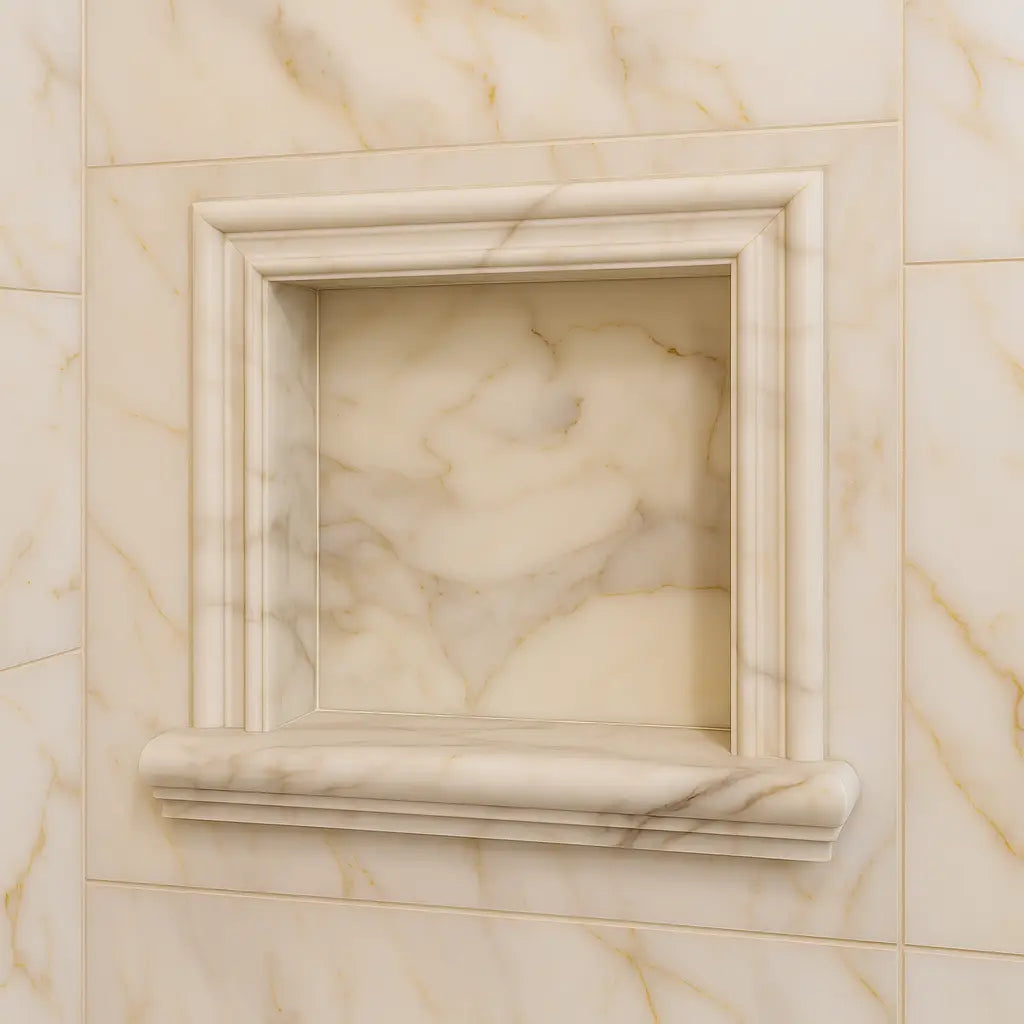 Shampoo Niche
Shampoo Niche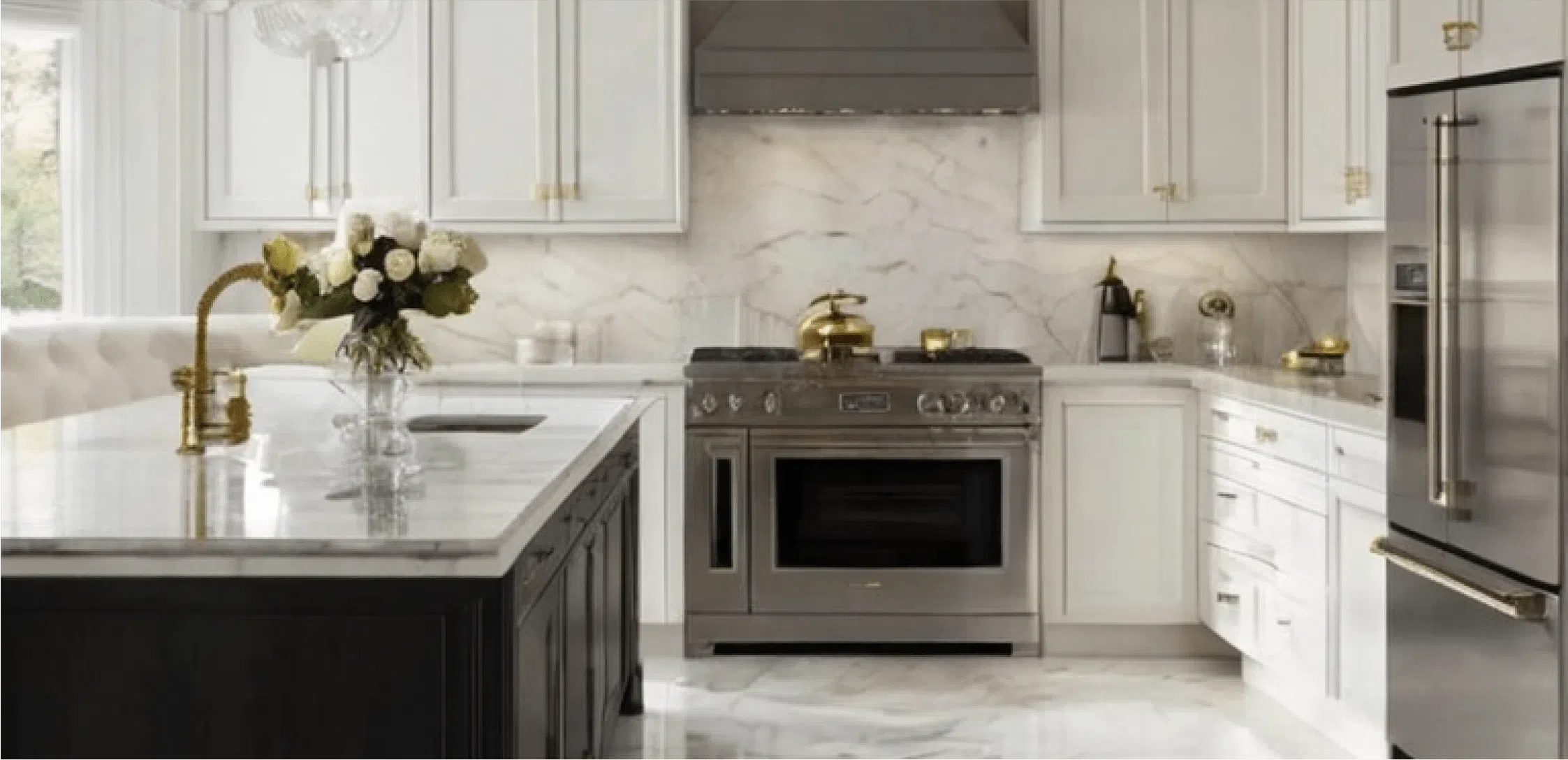 Corner Shelf
Corner Shelf Clearance
Clearance





Leave a comment